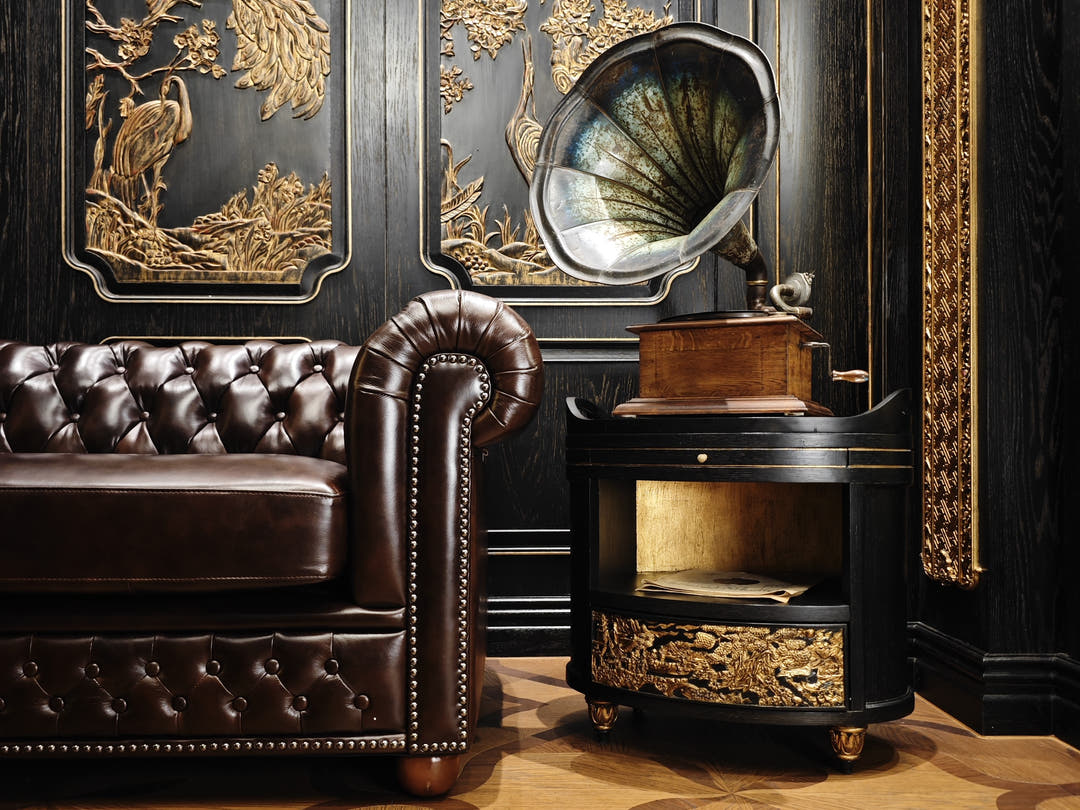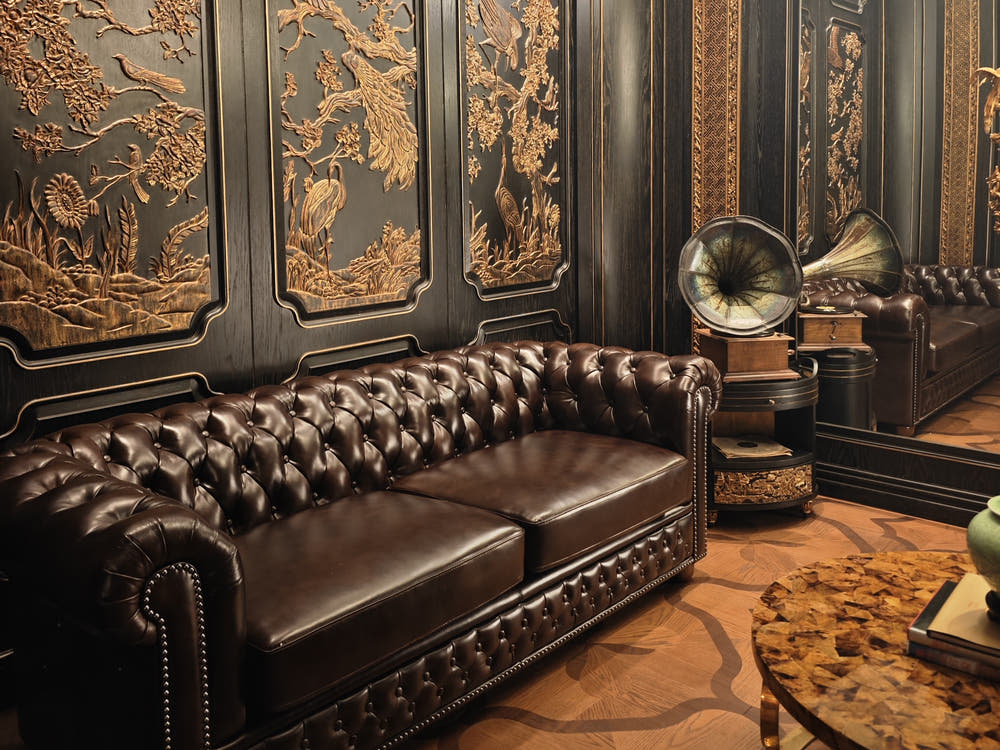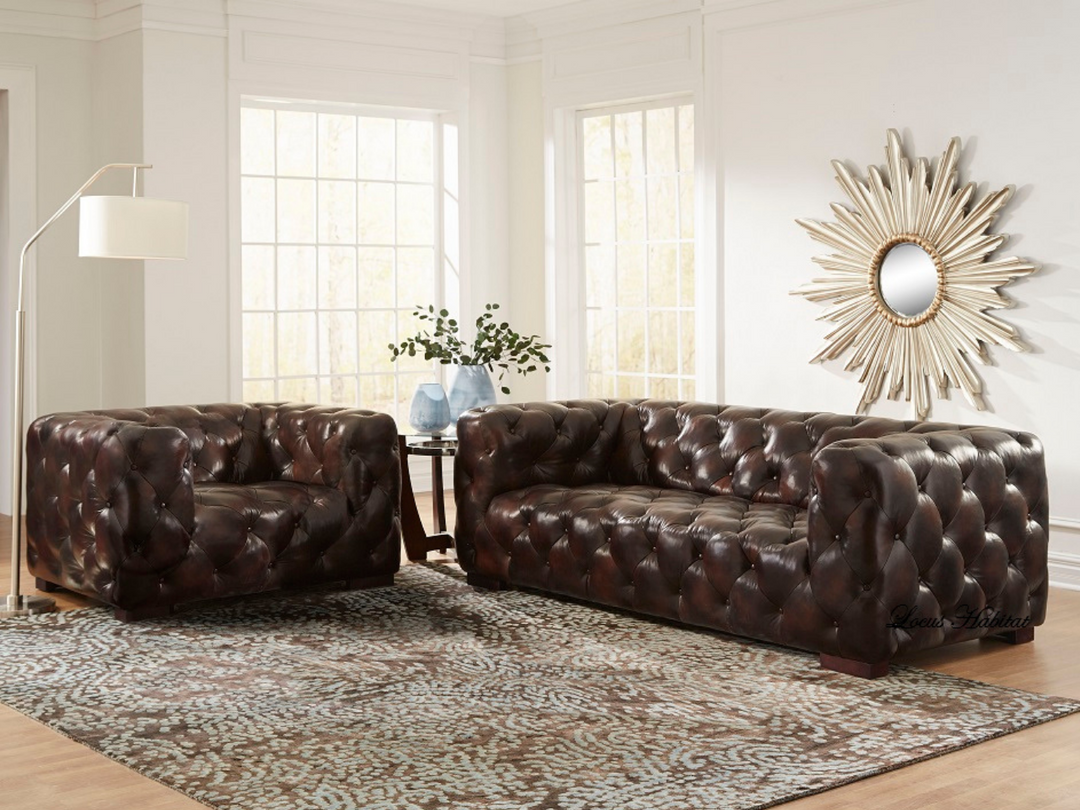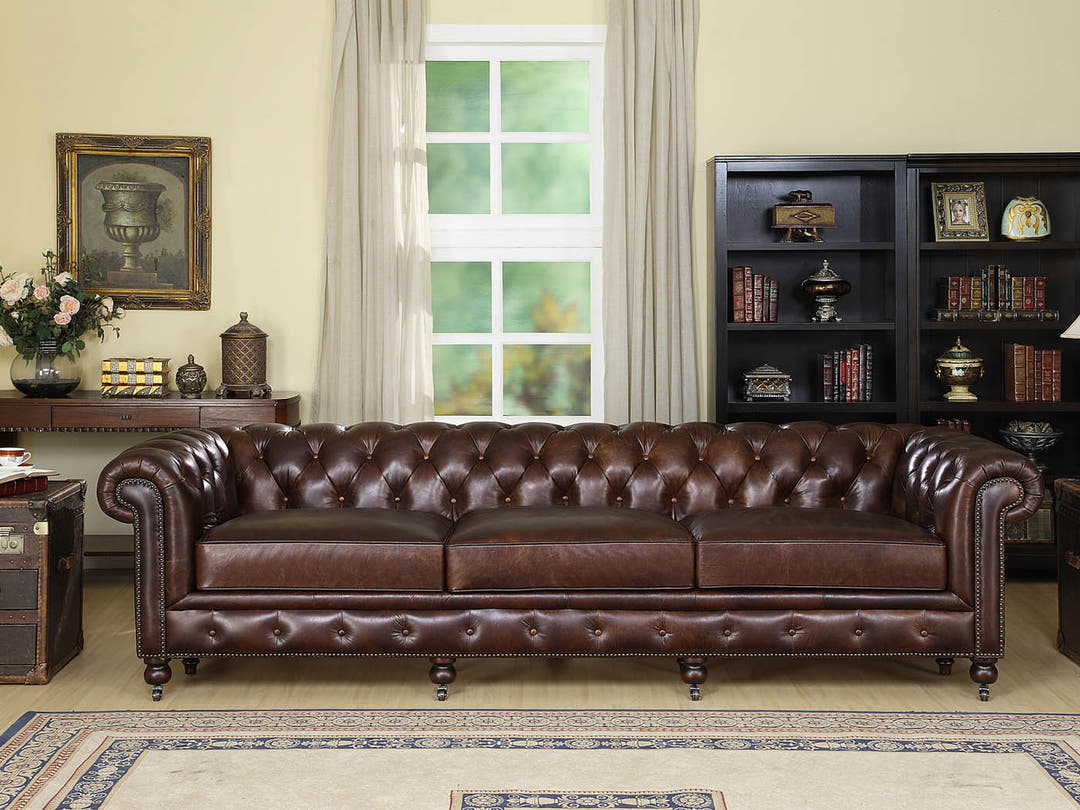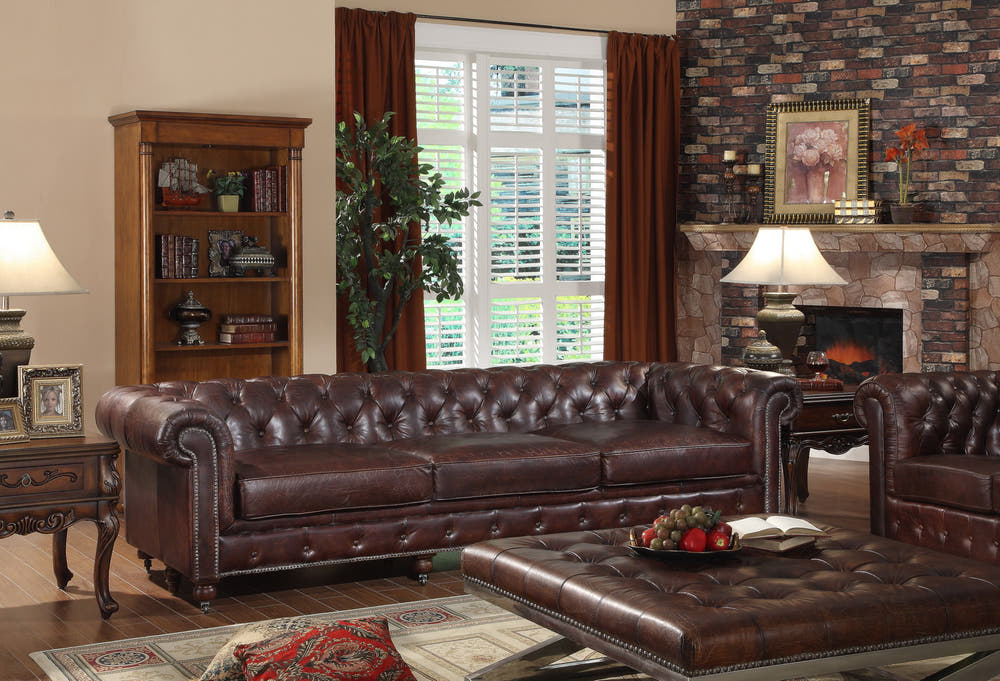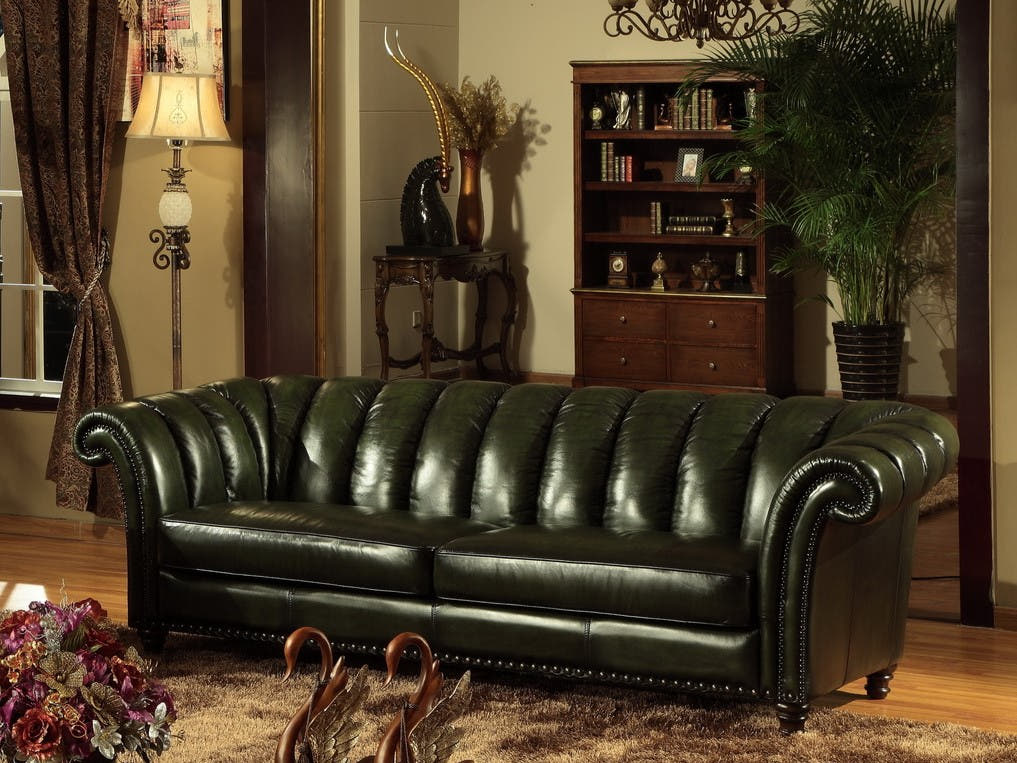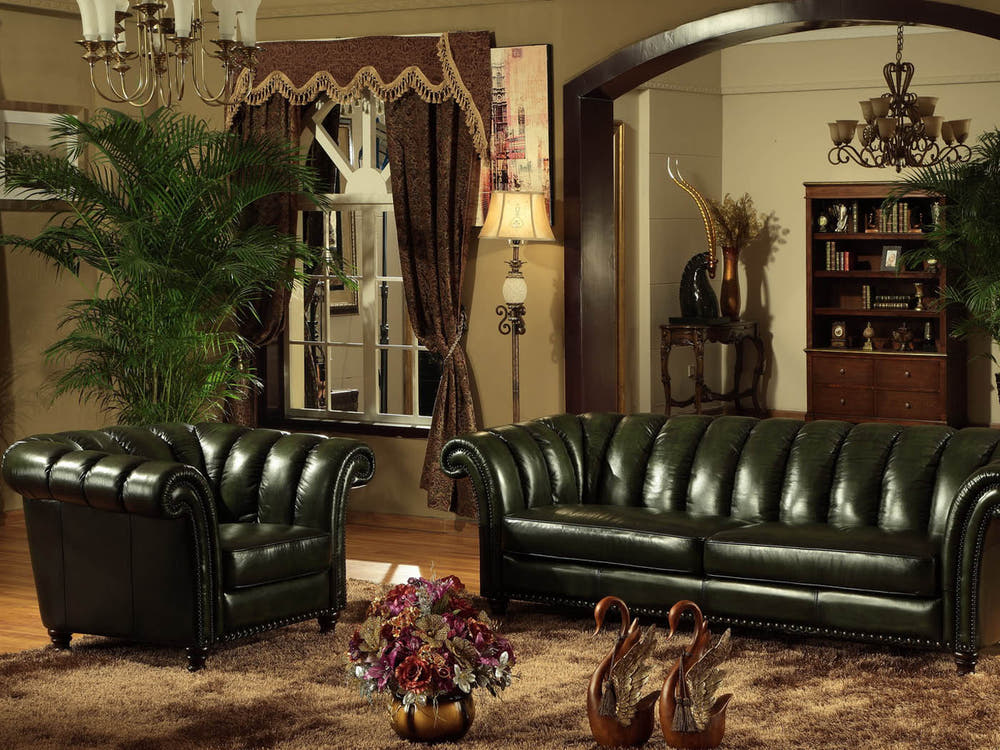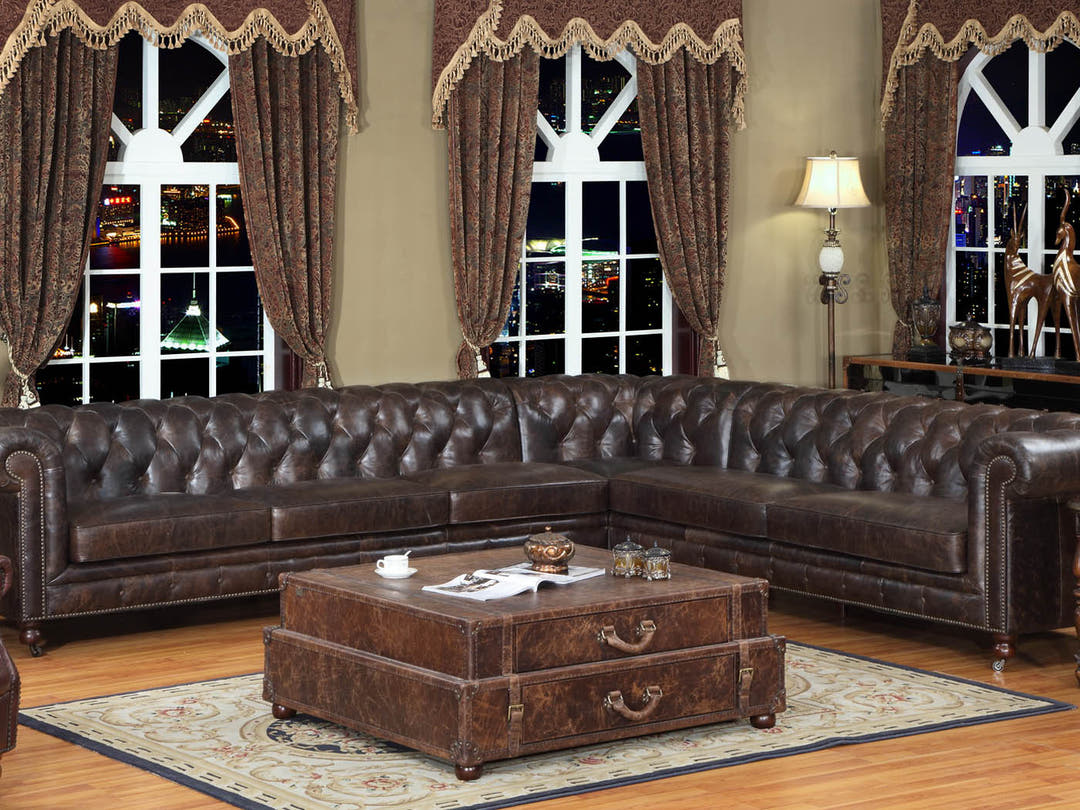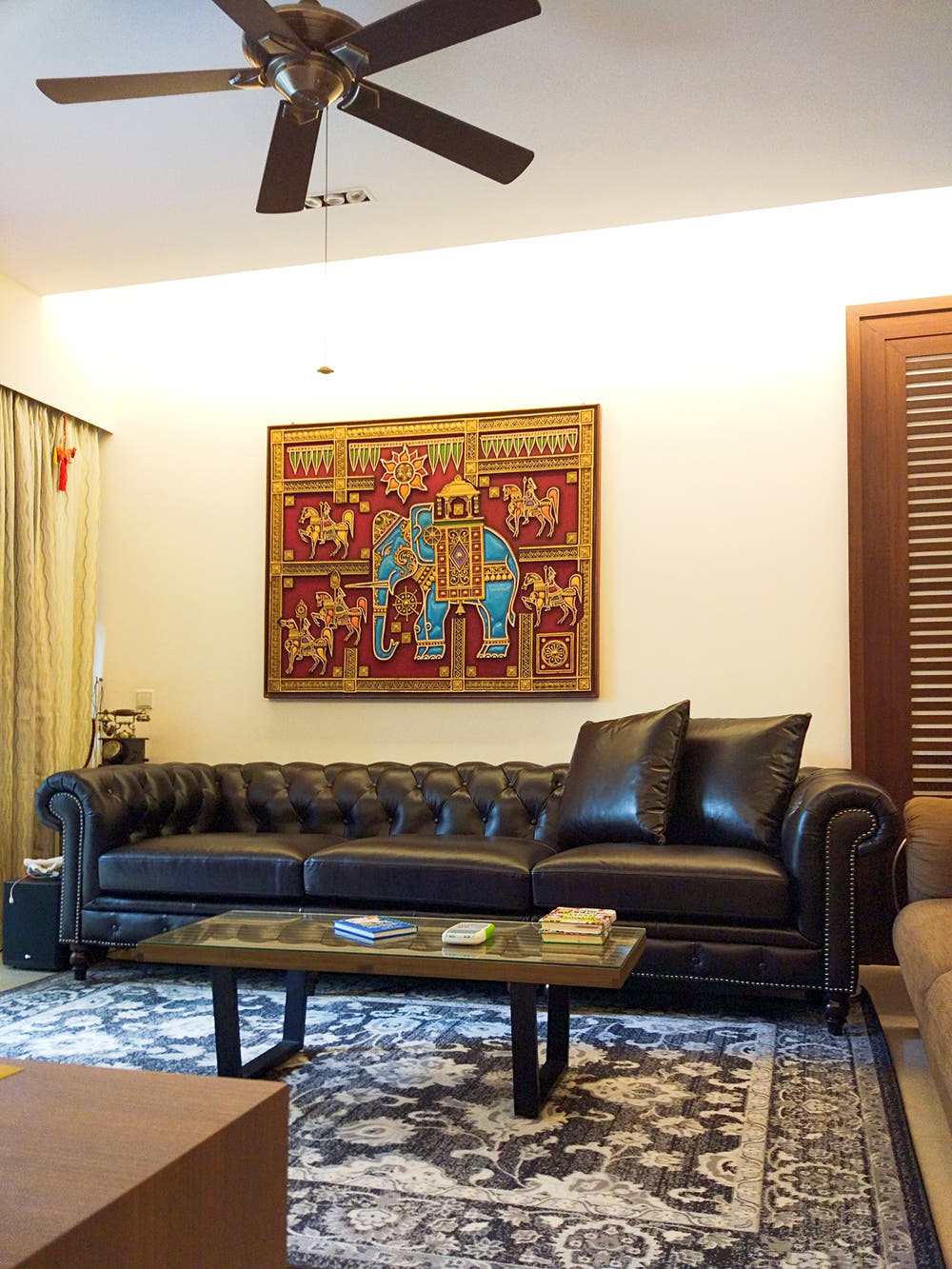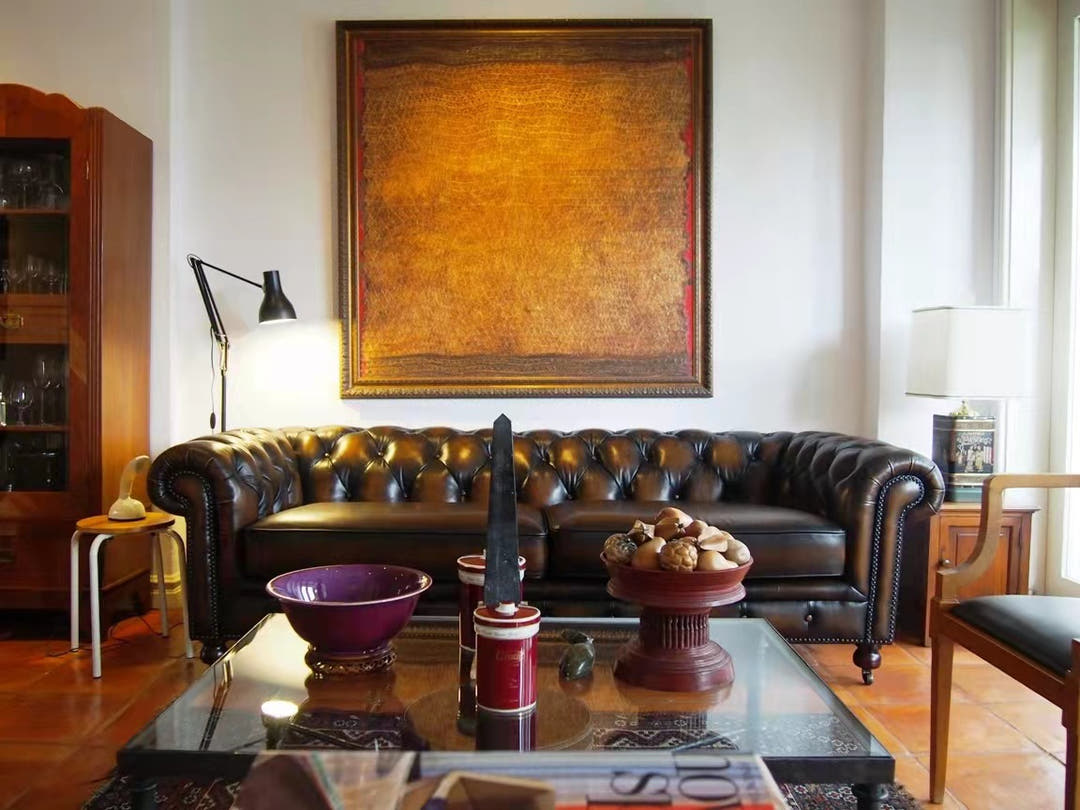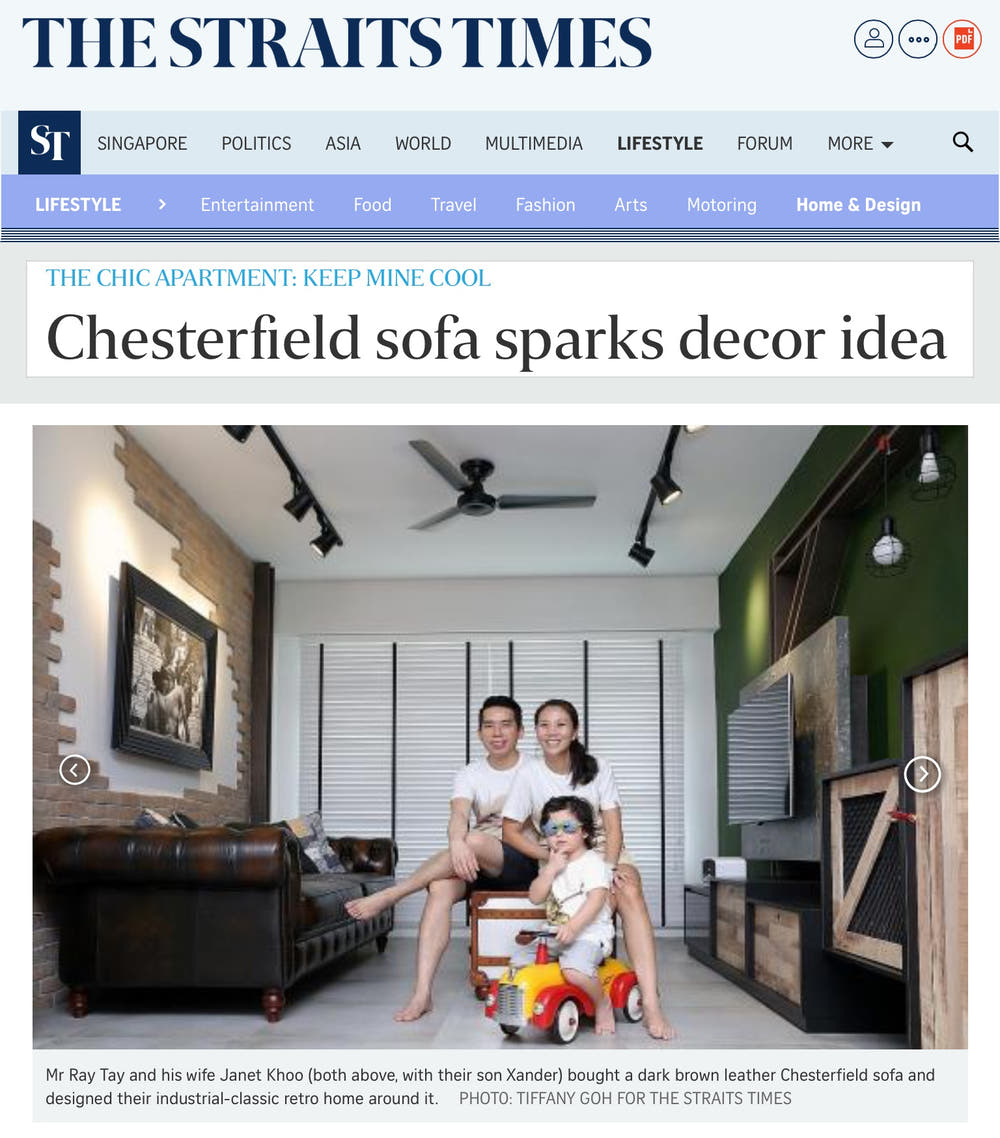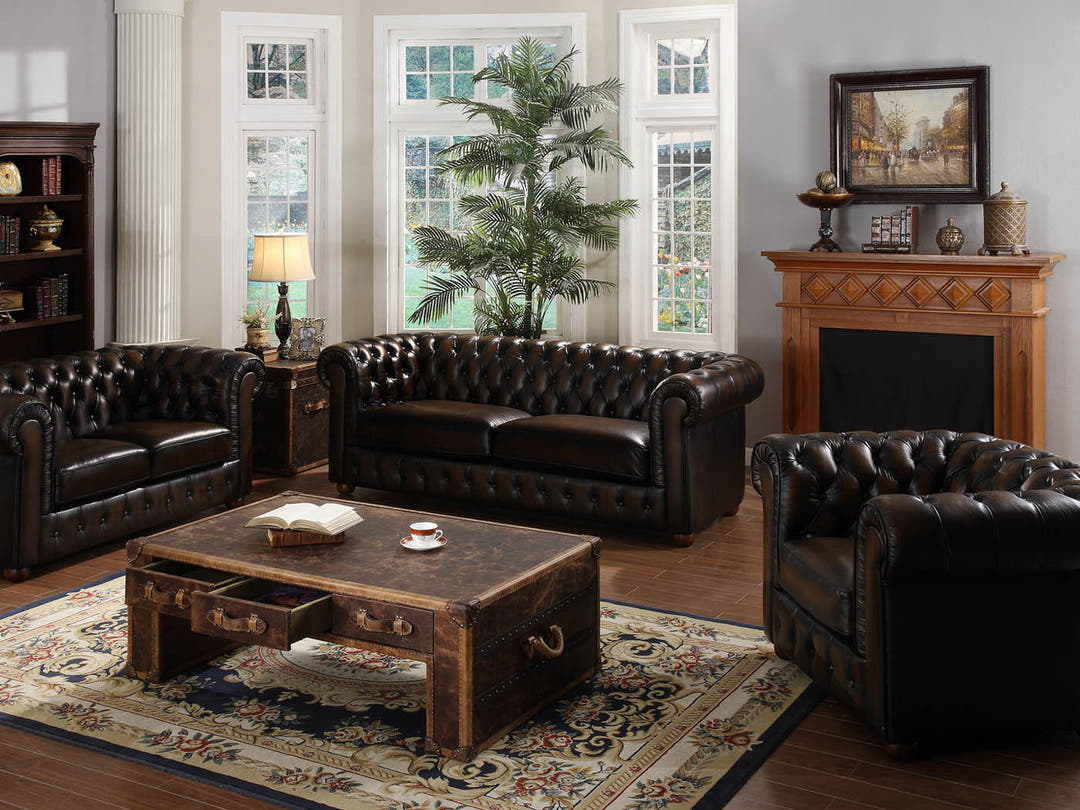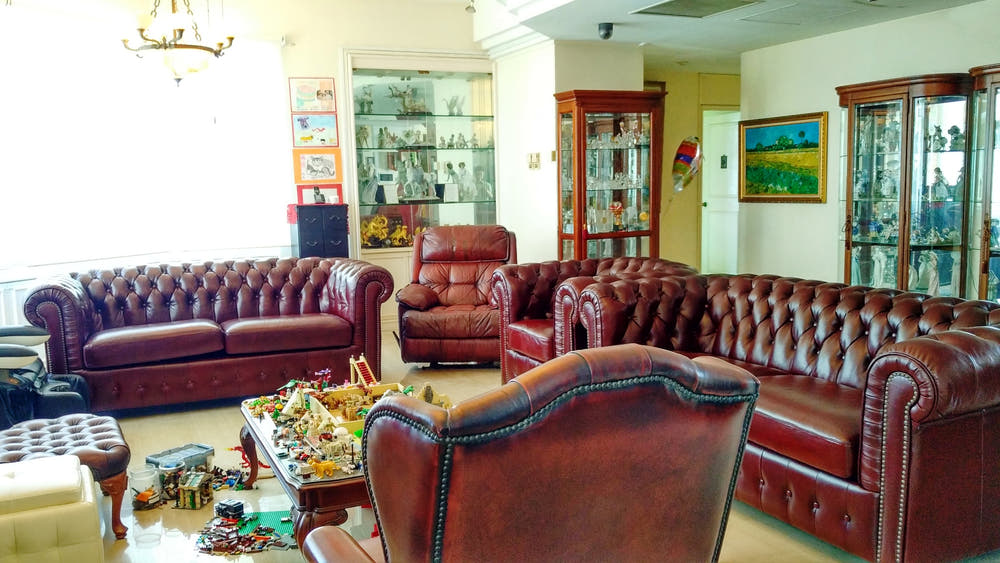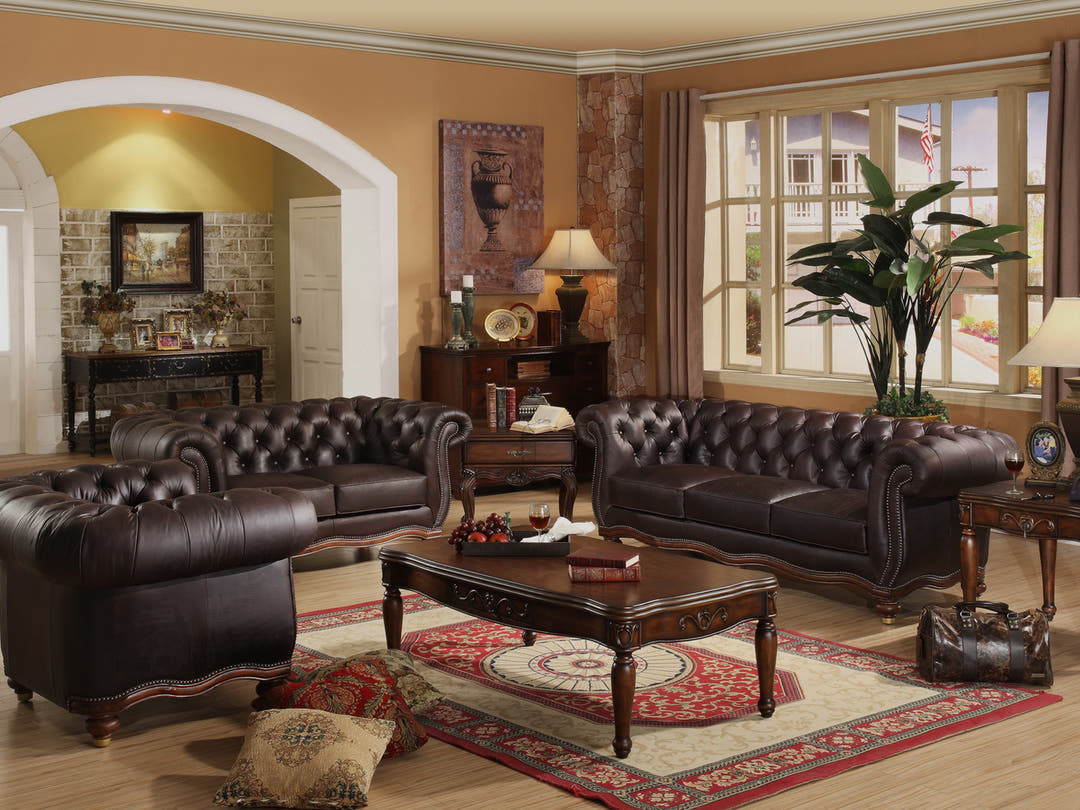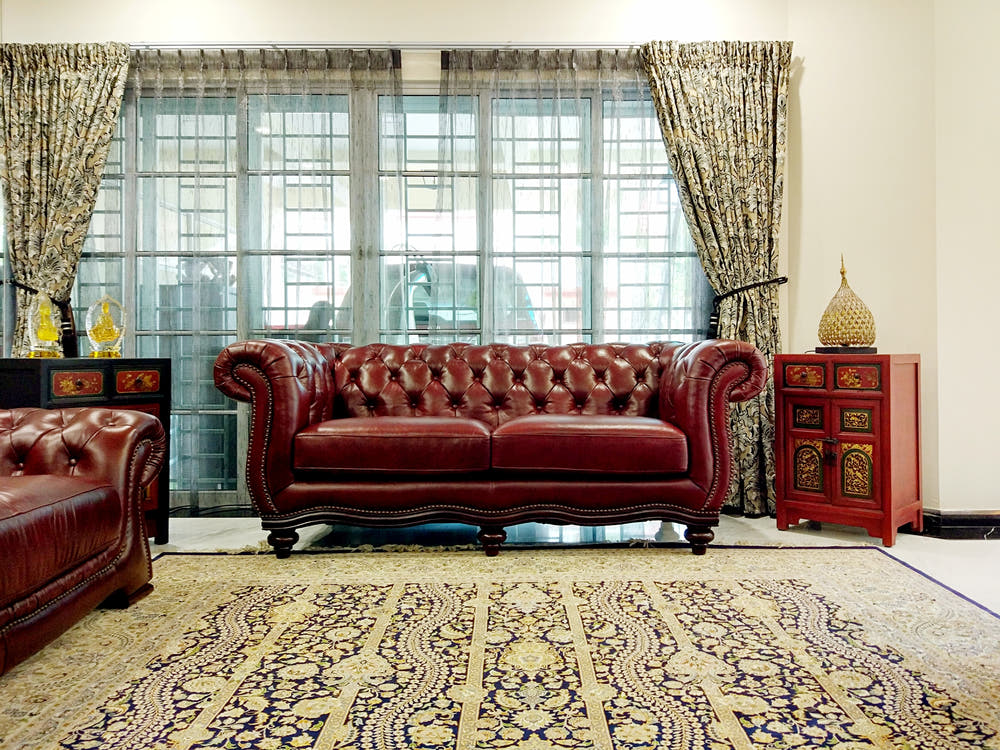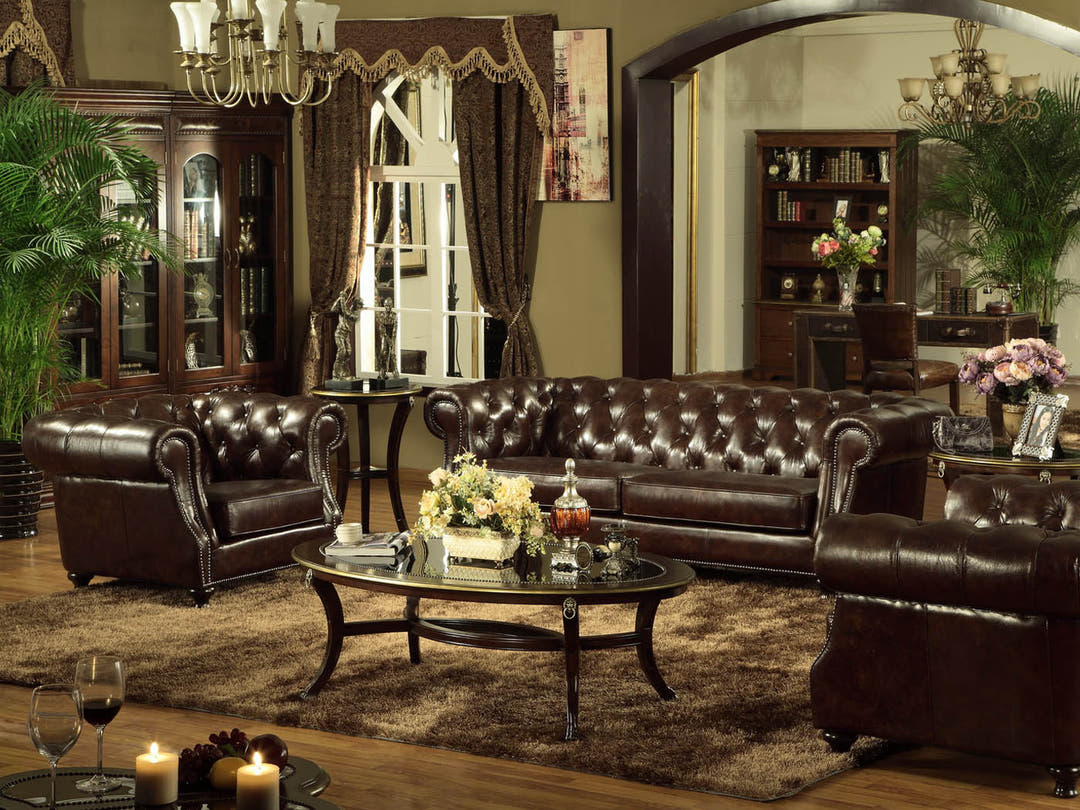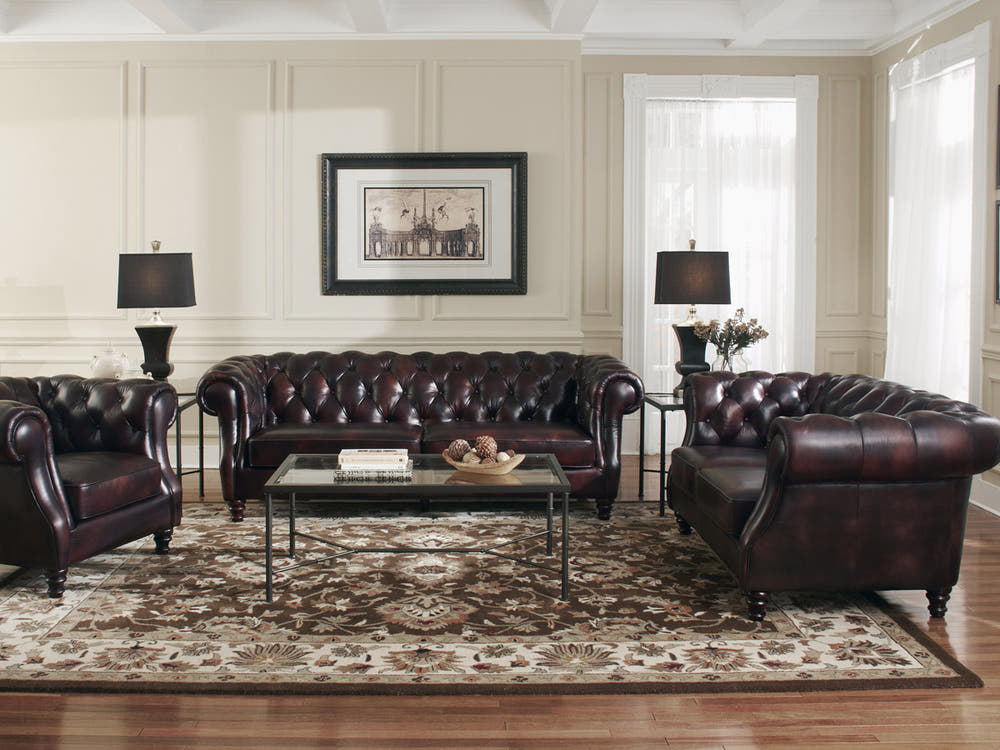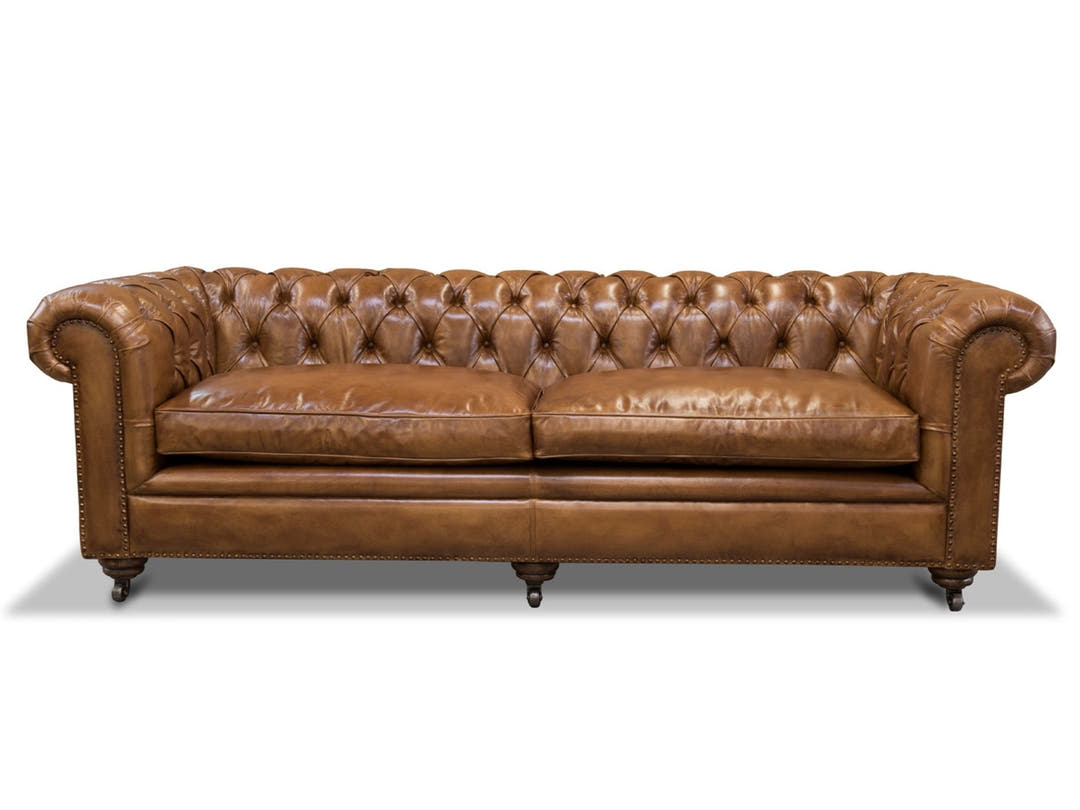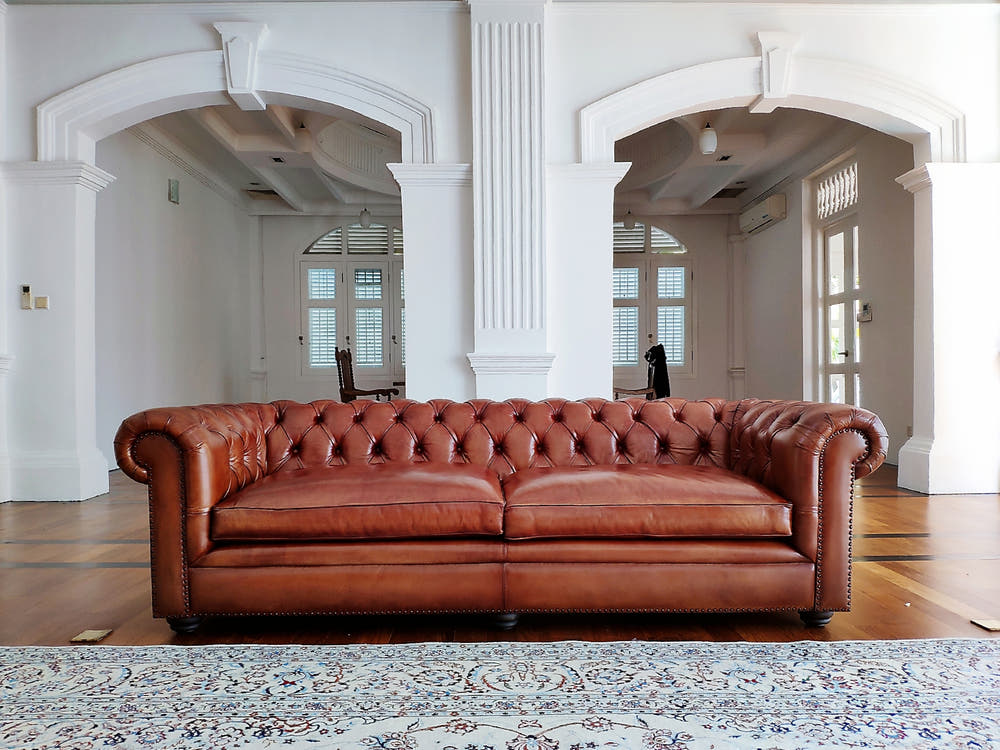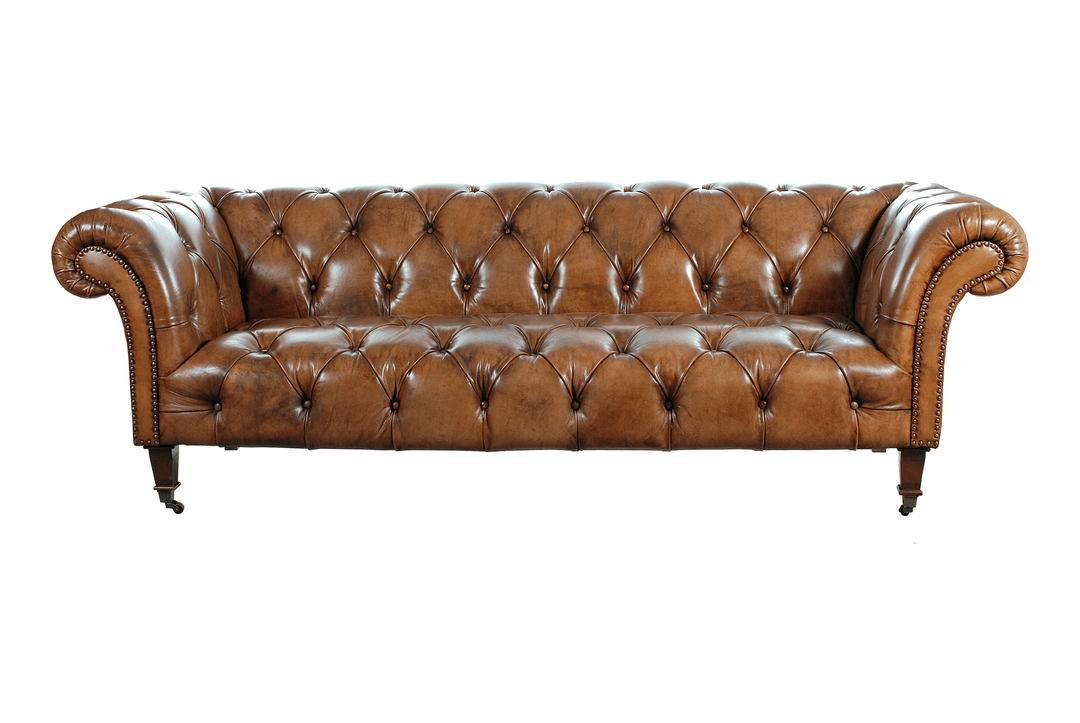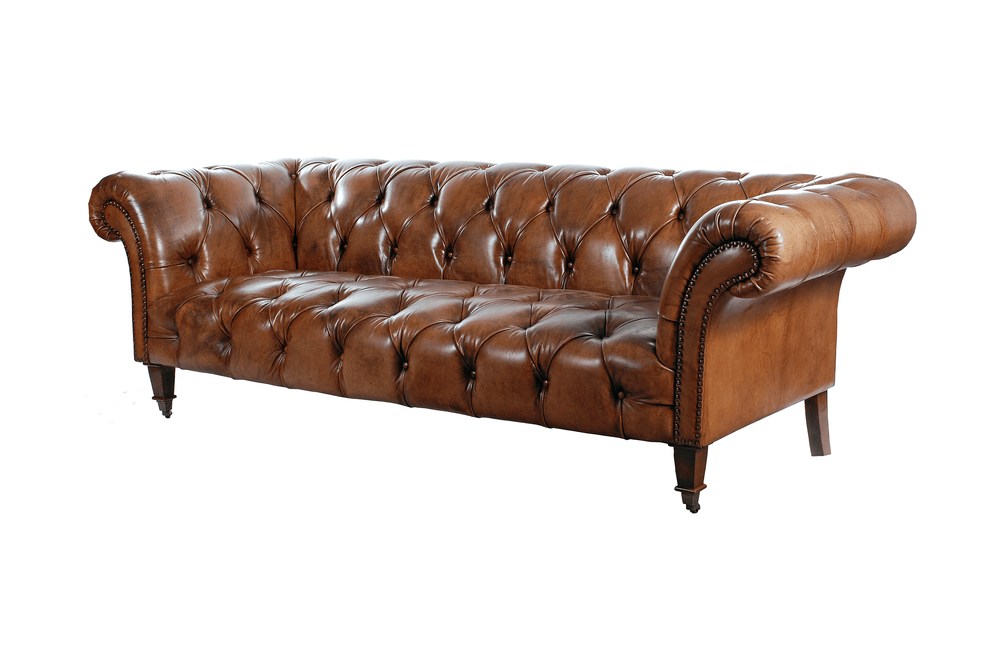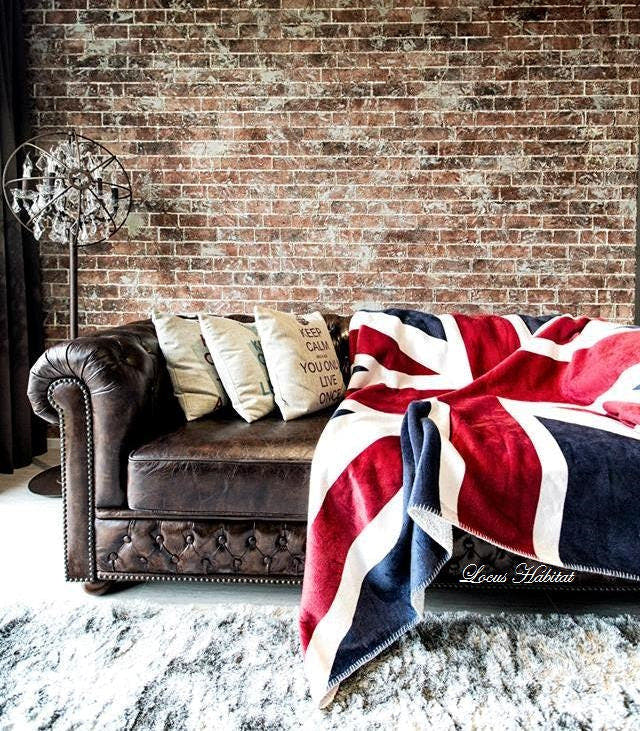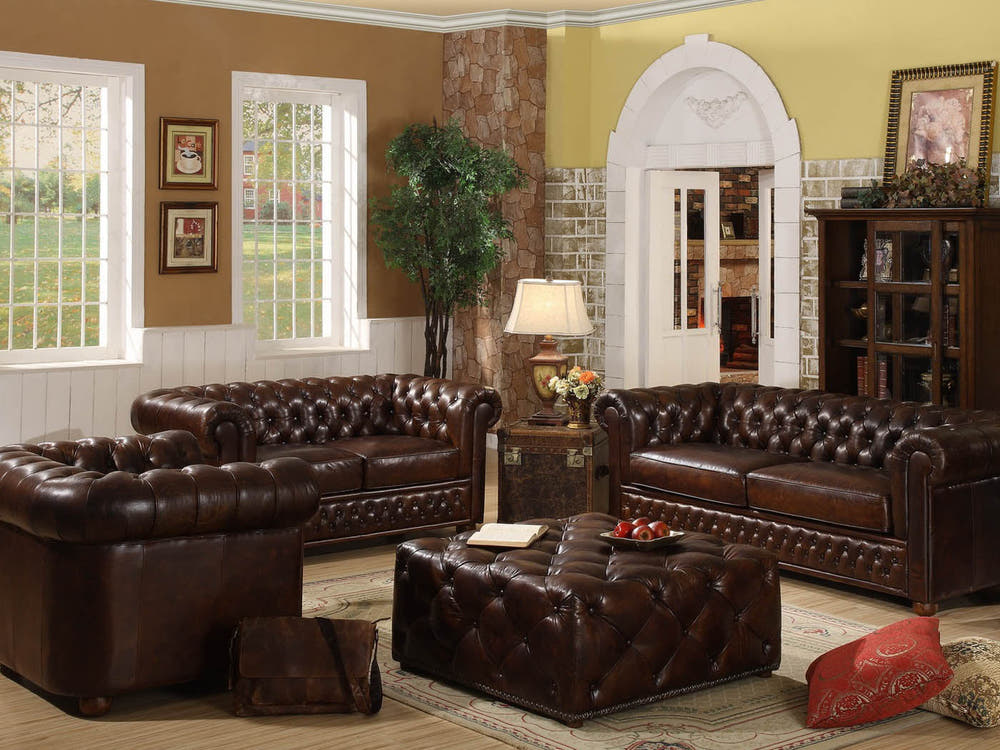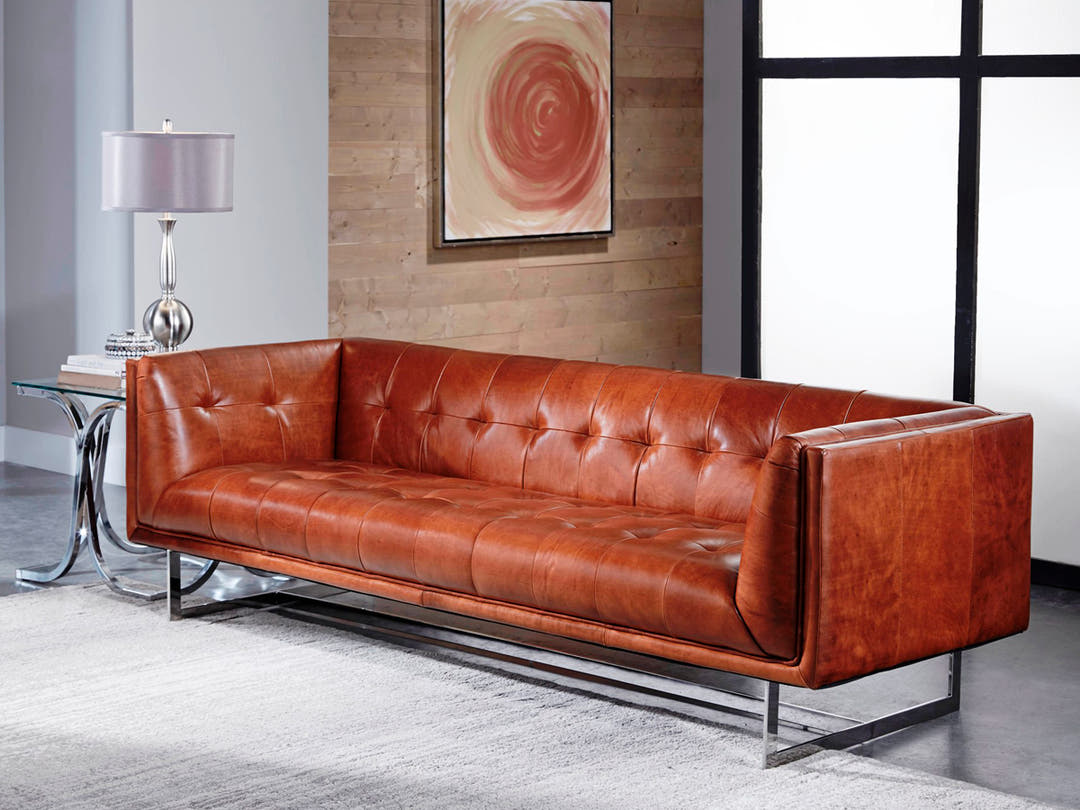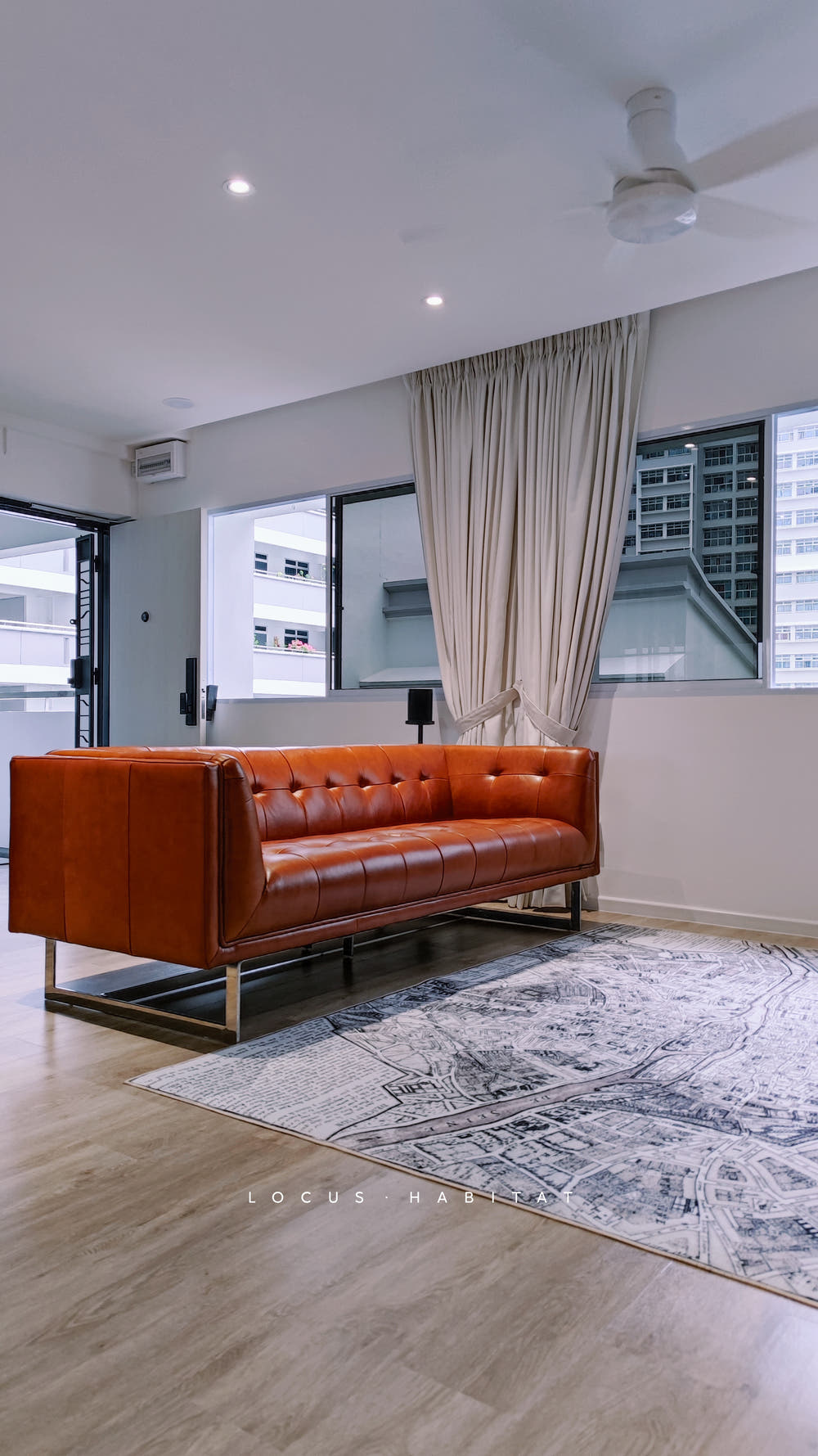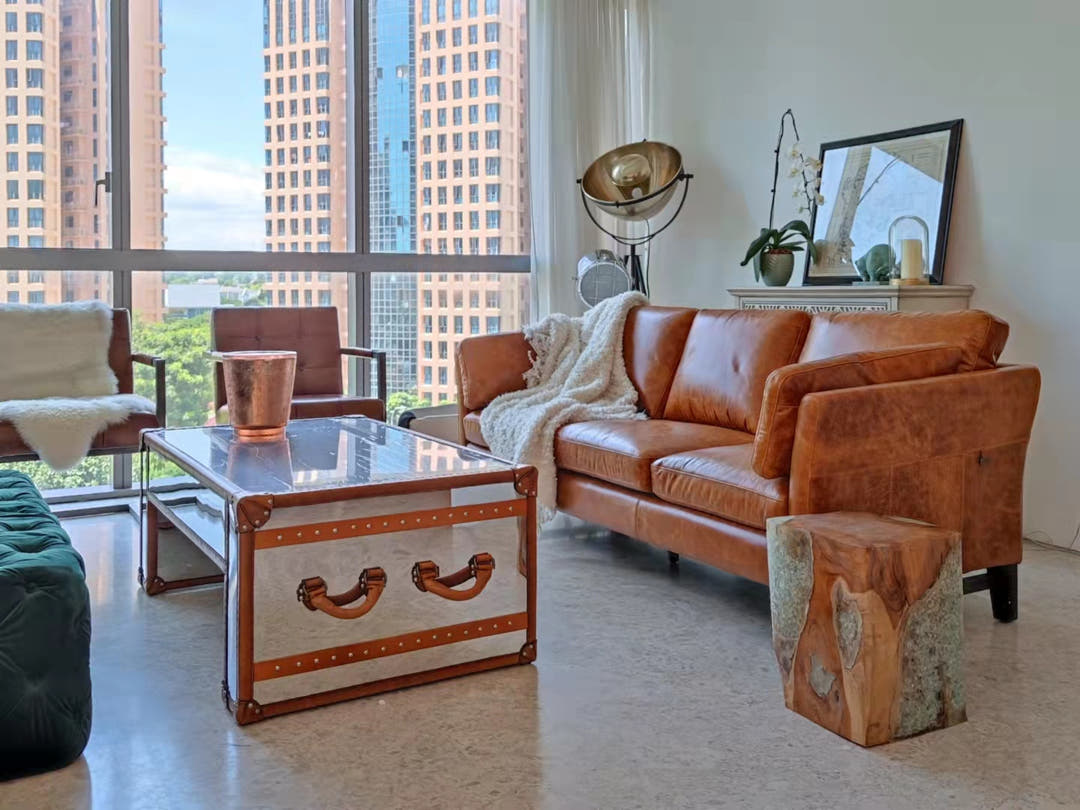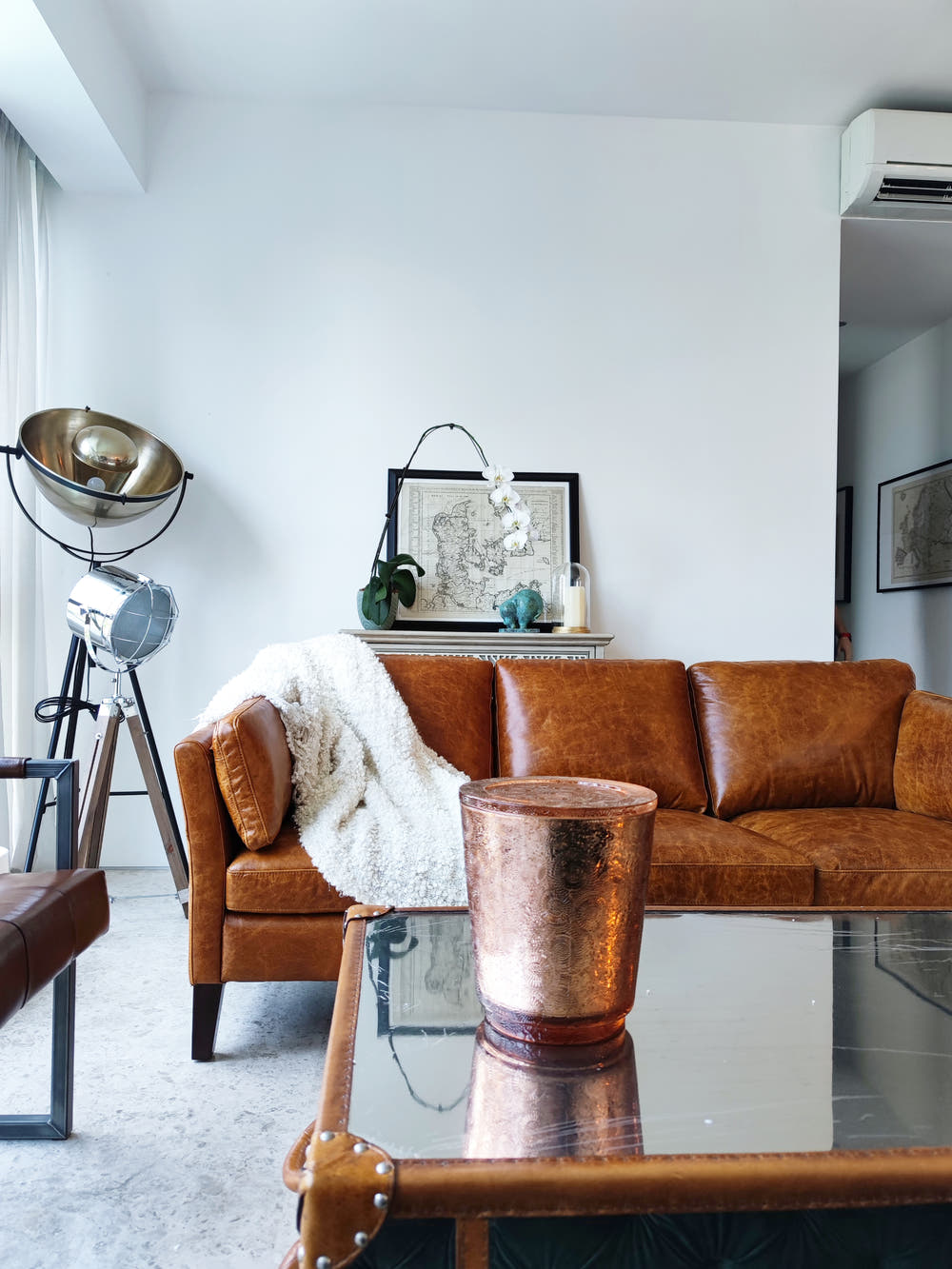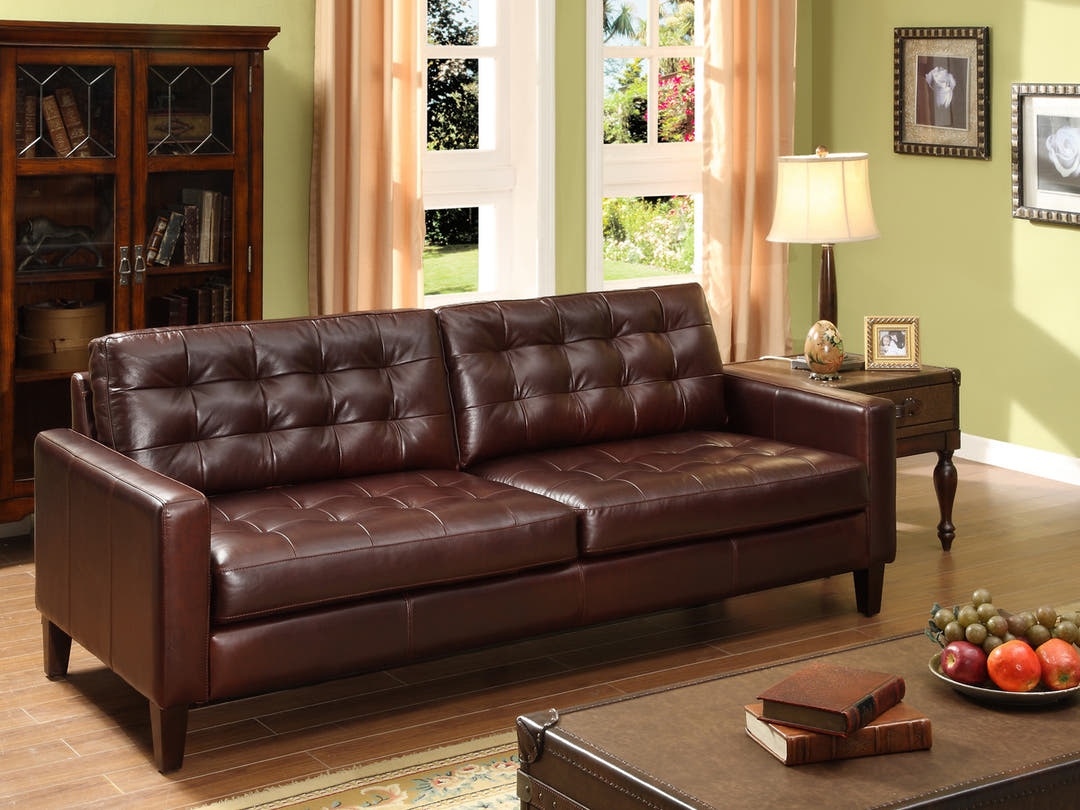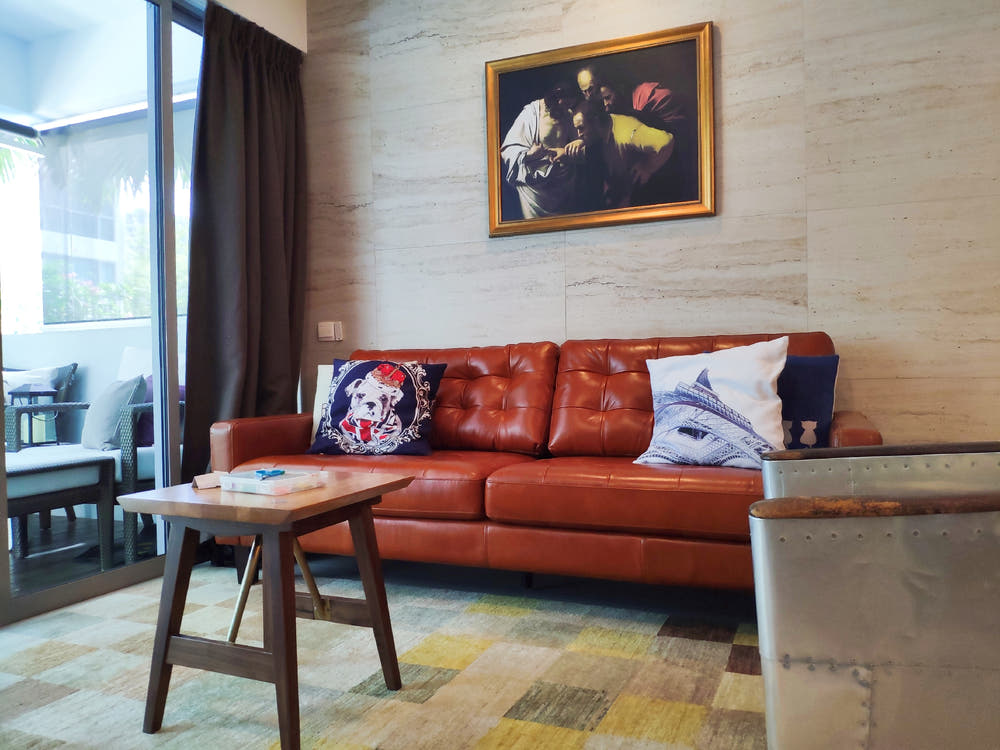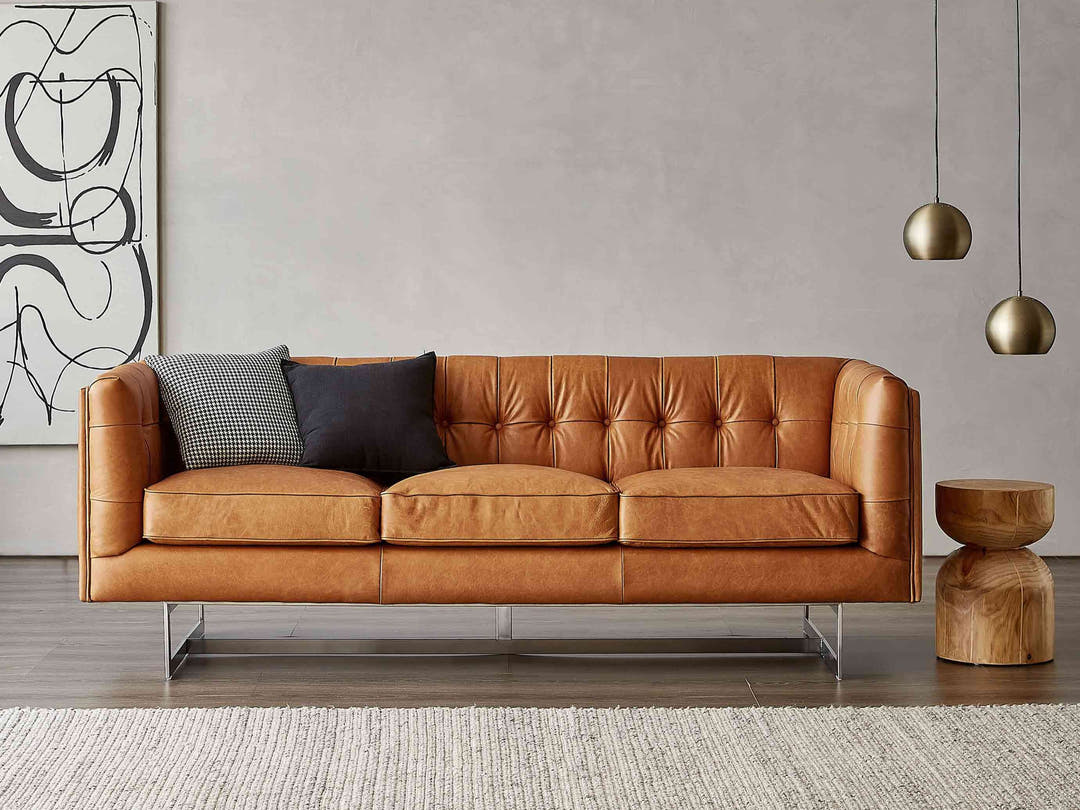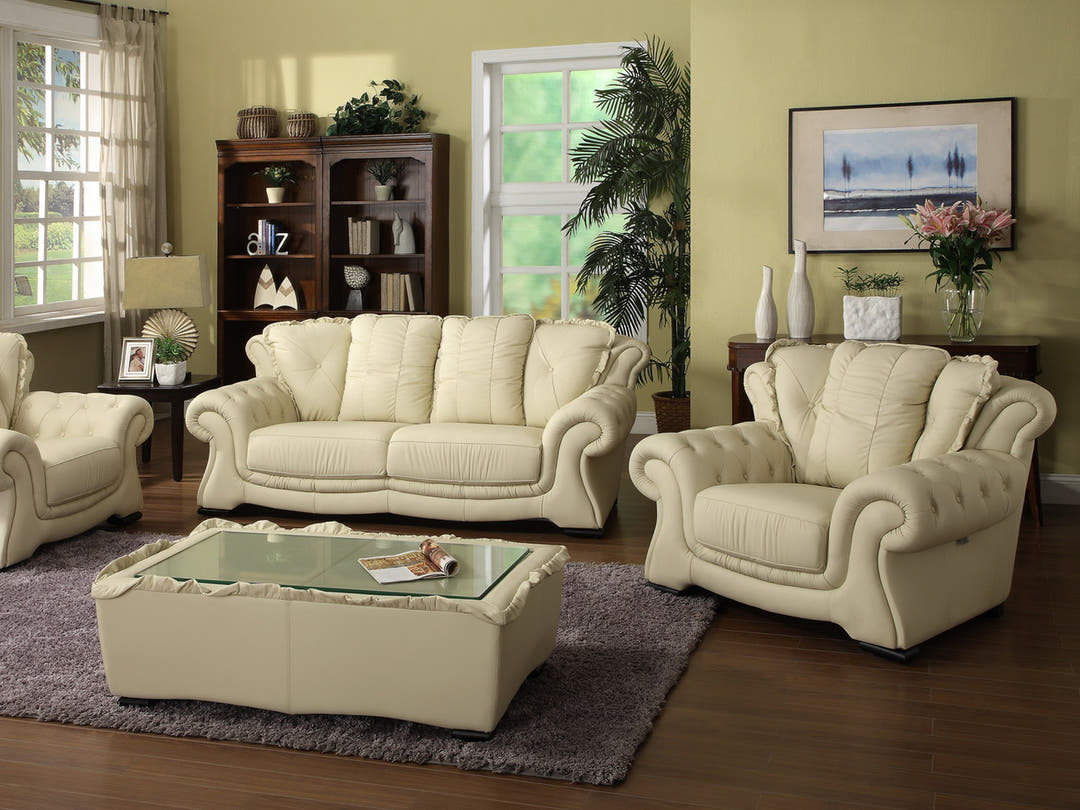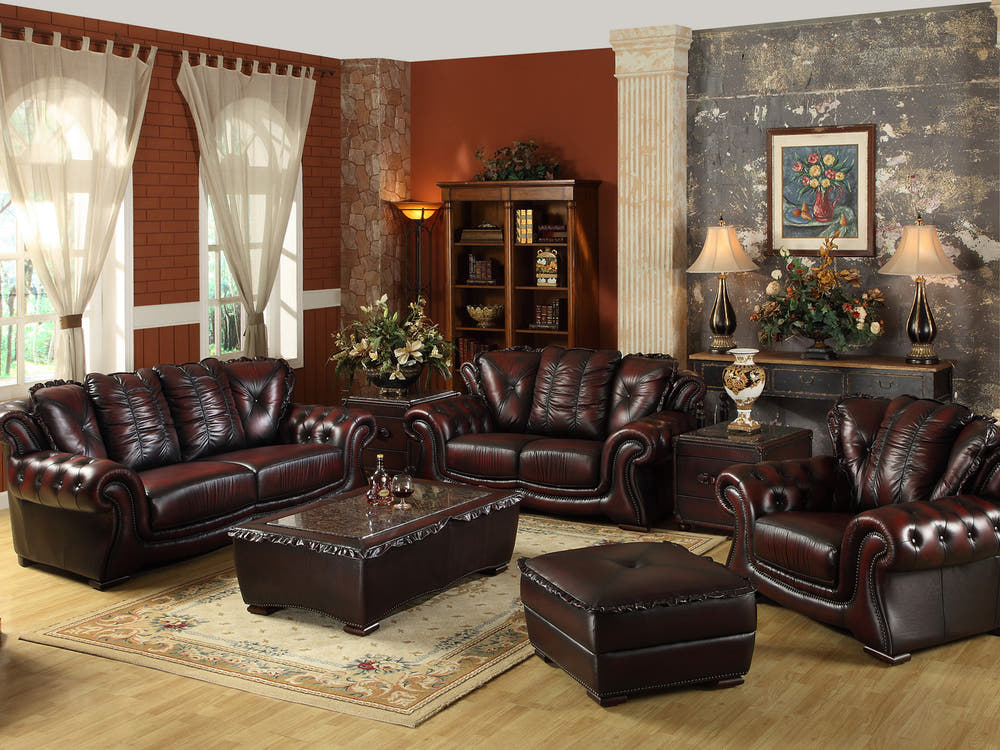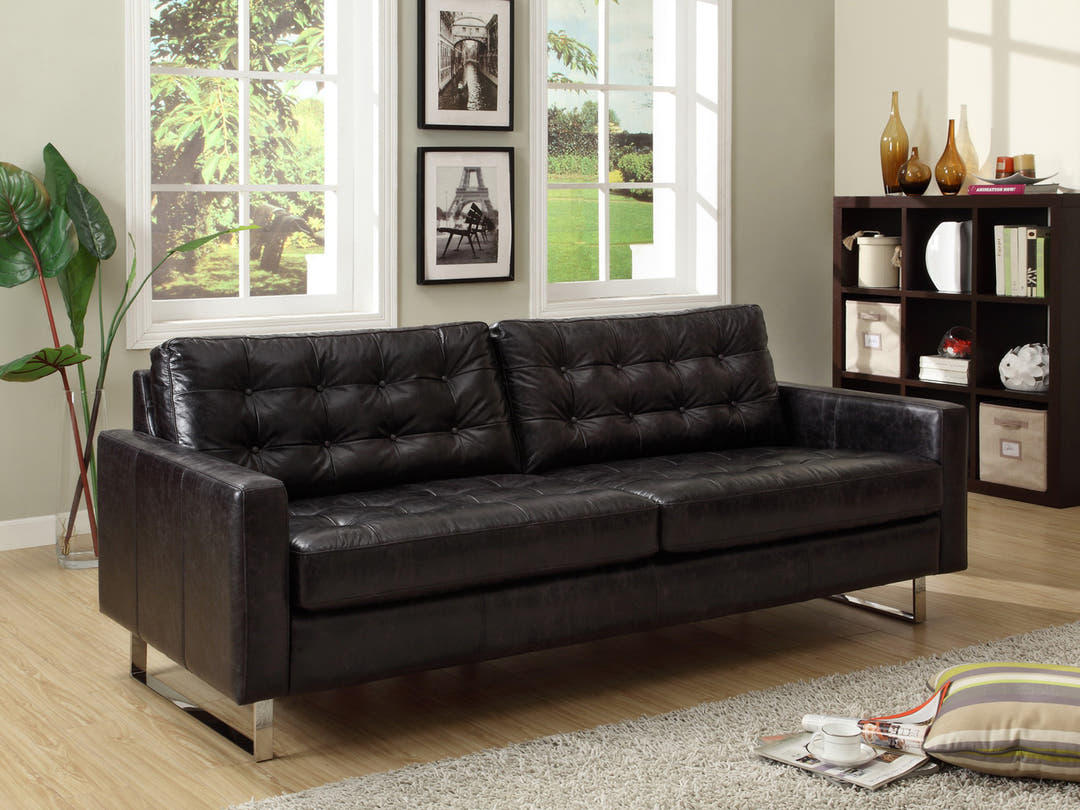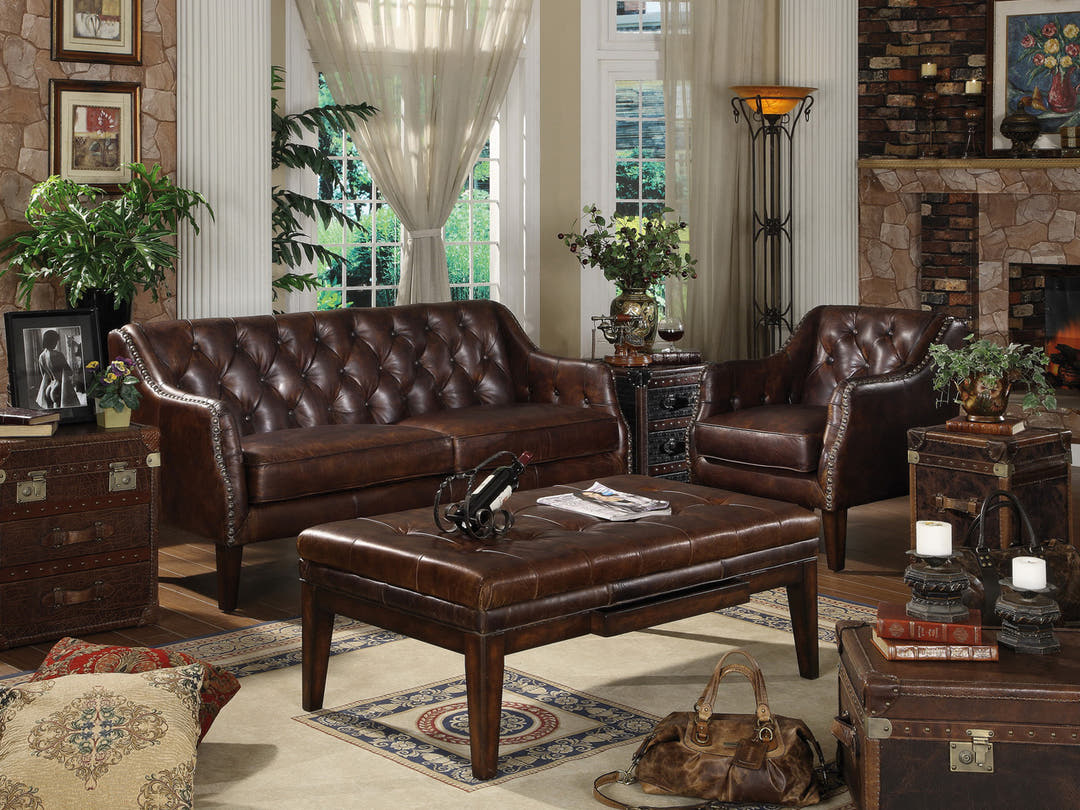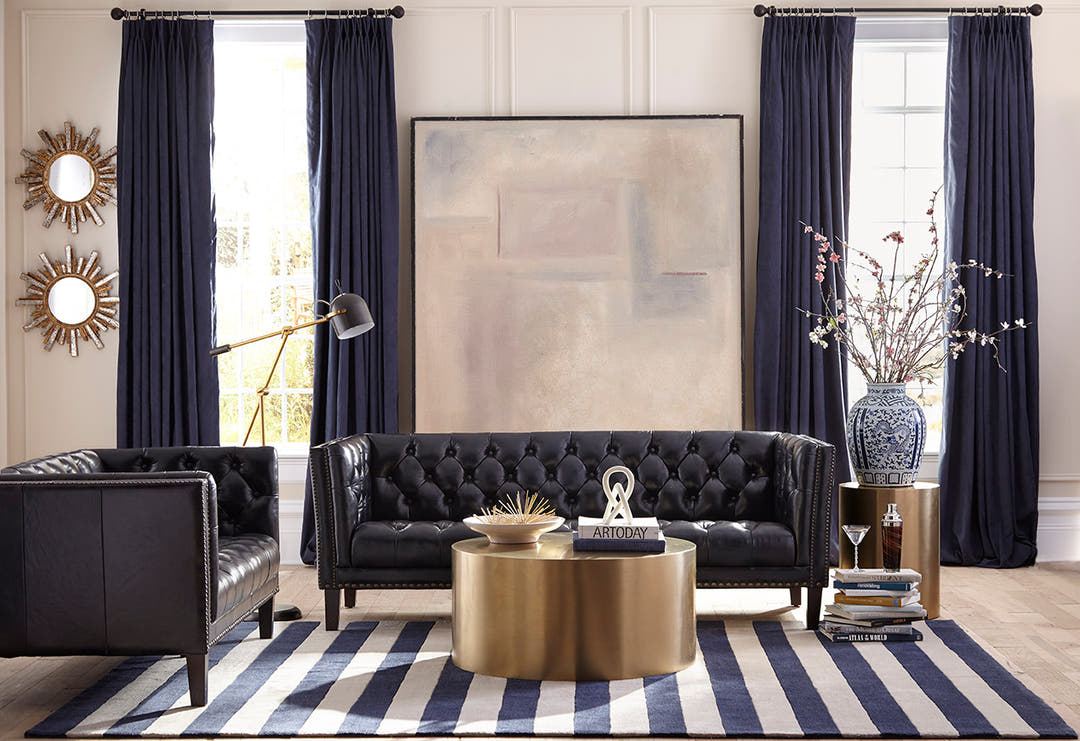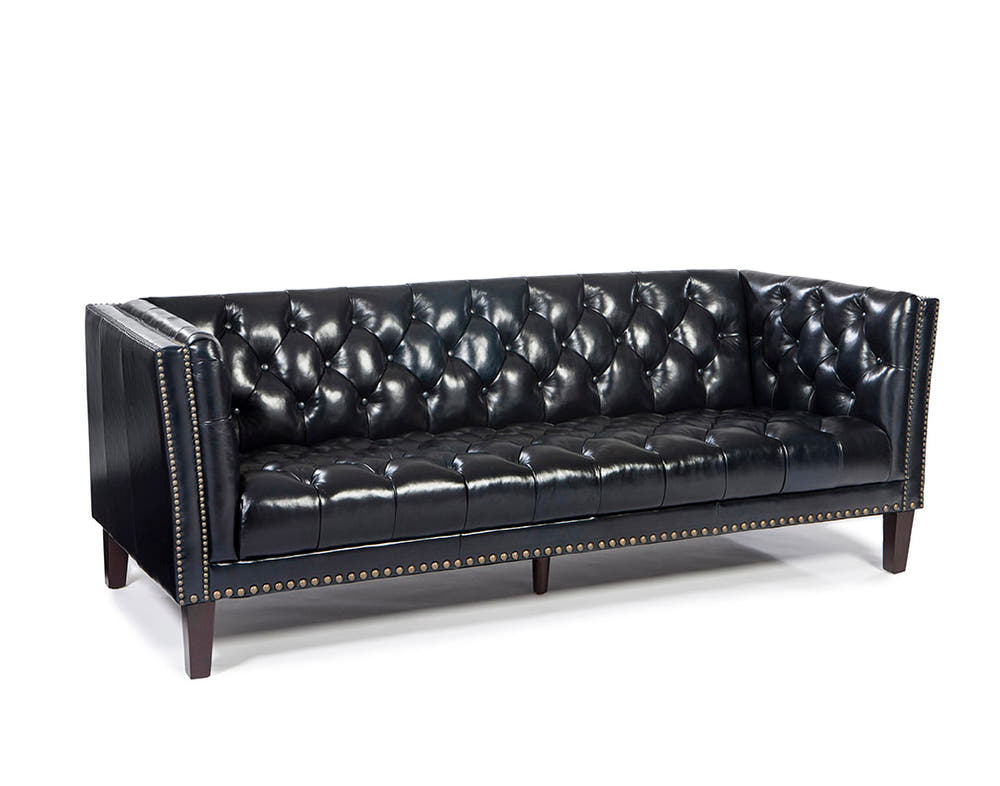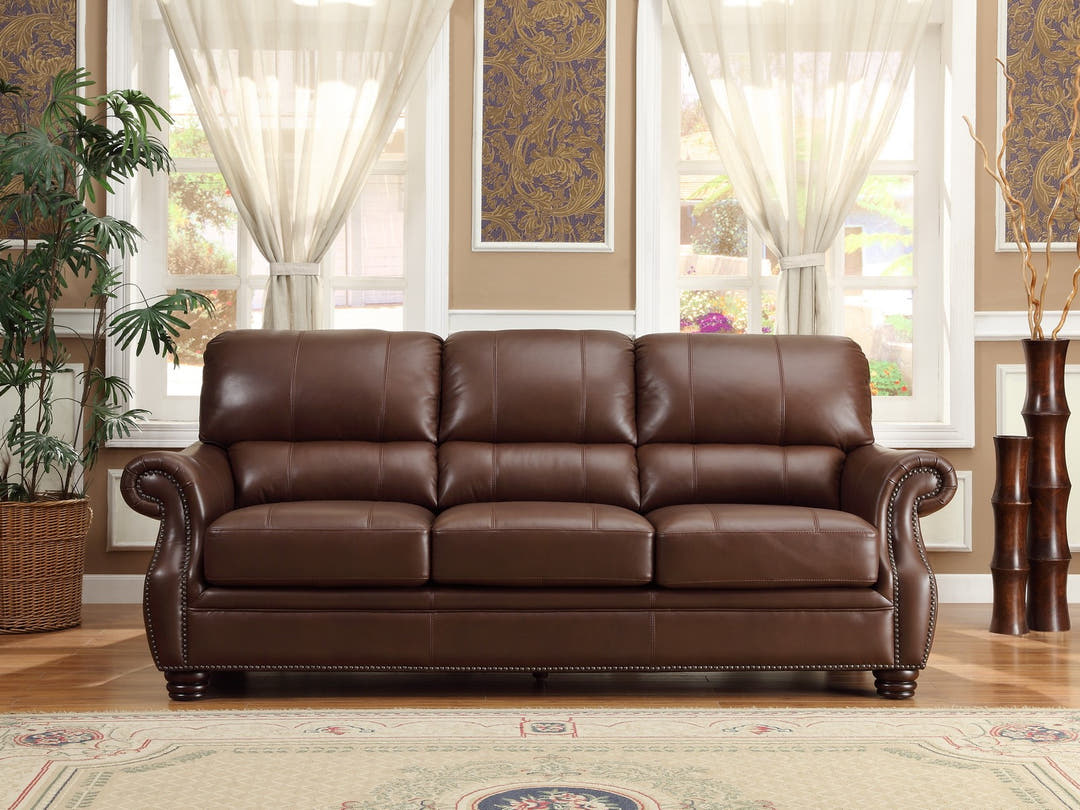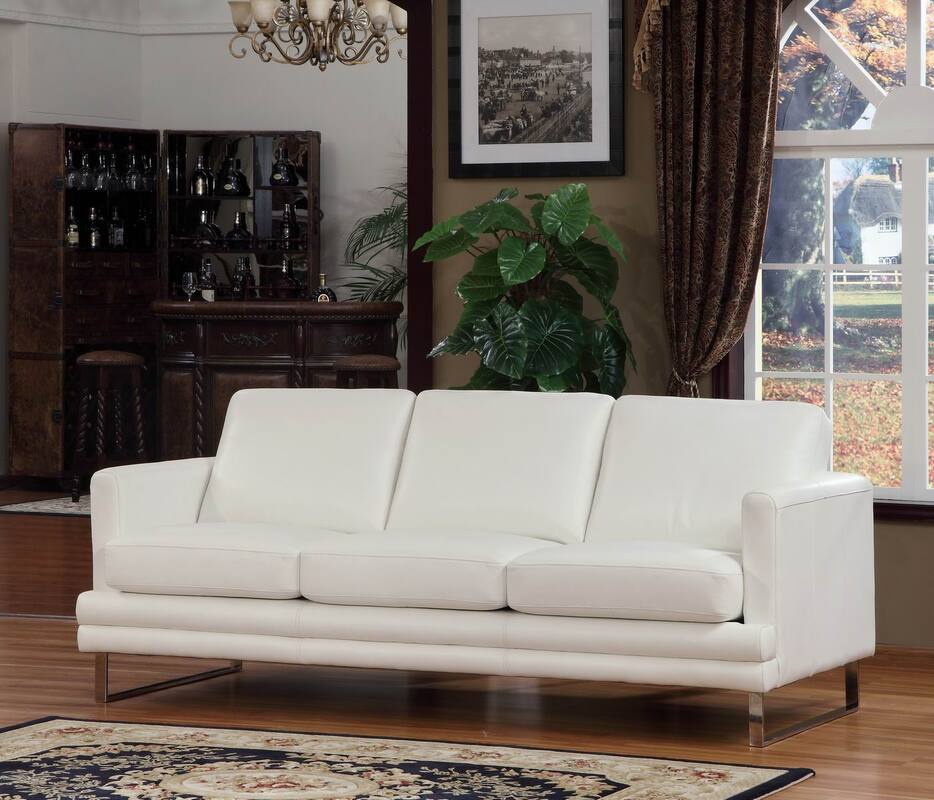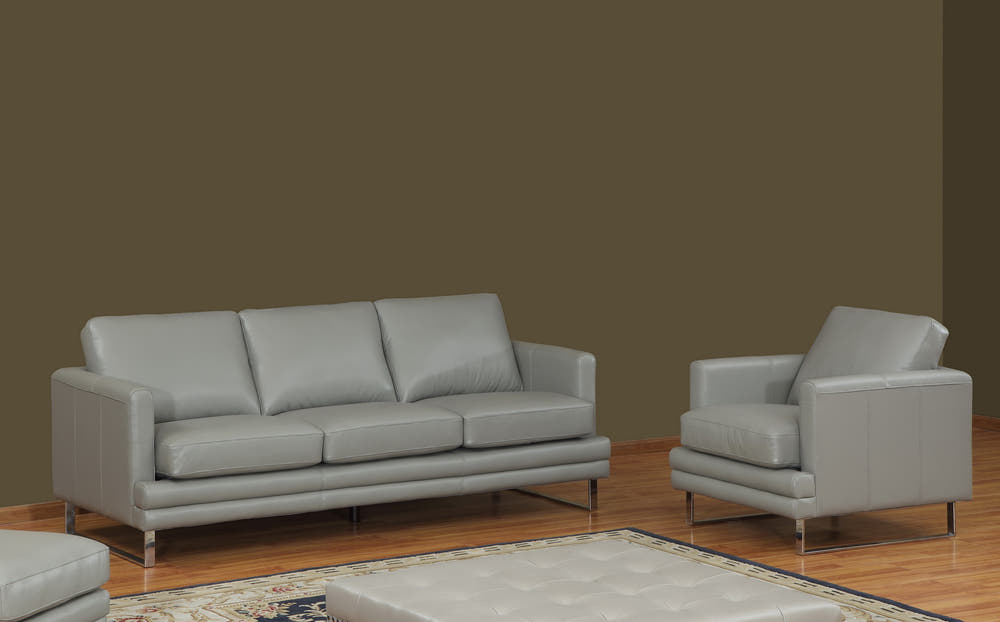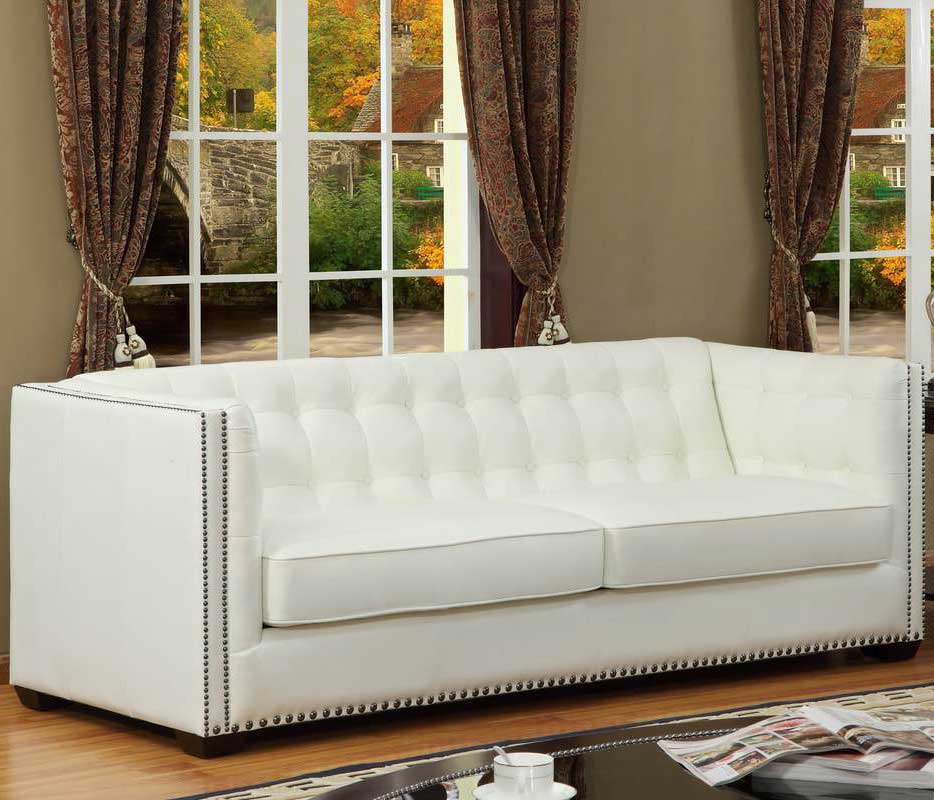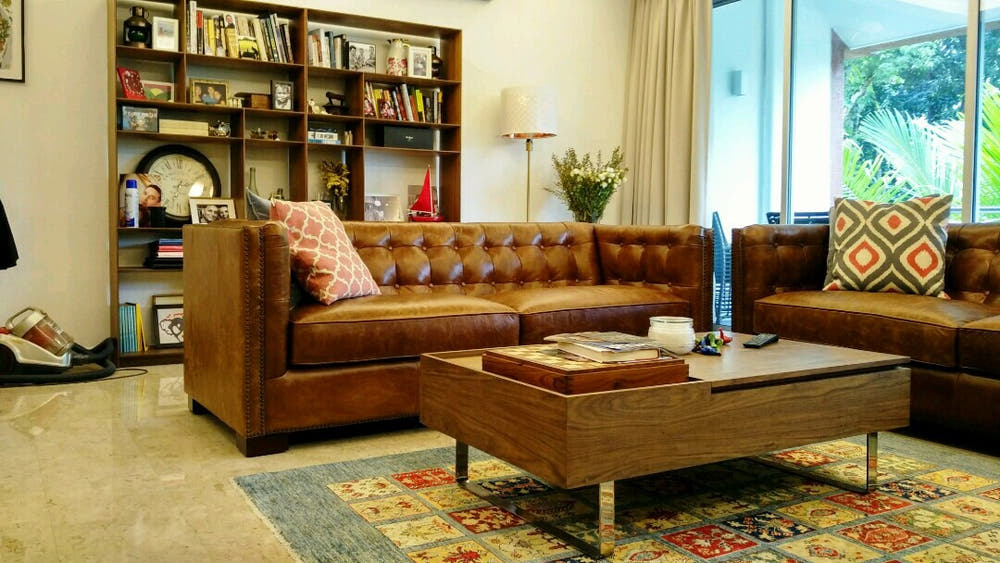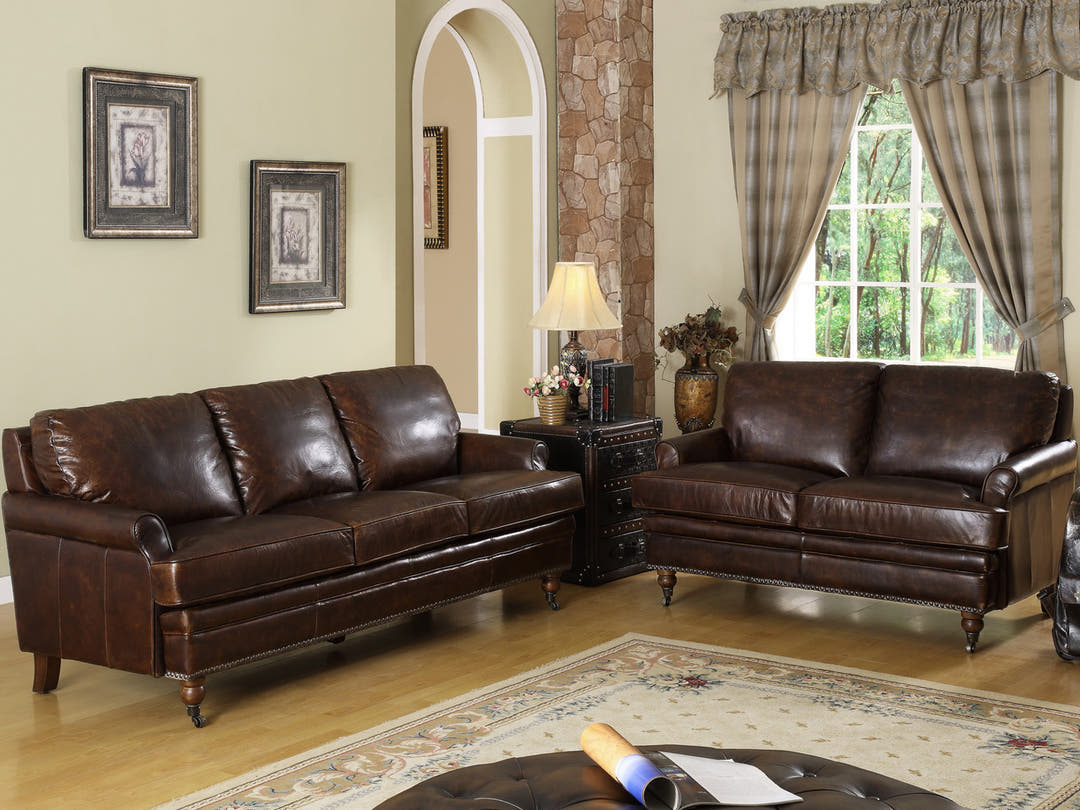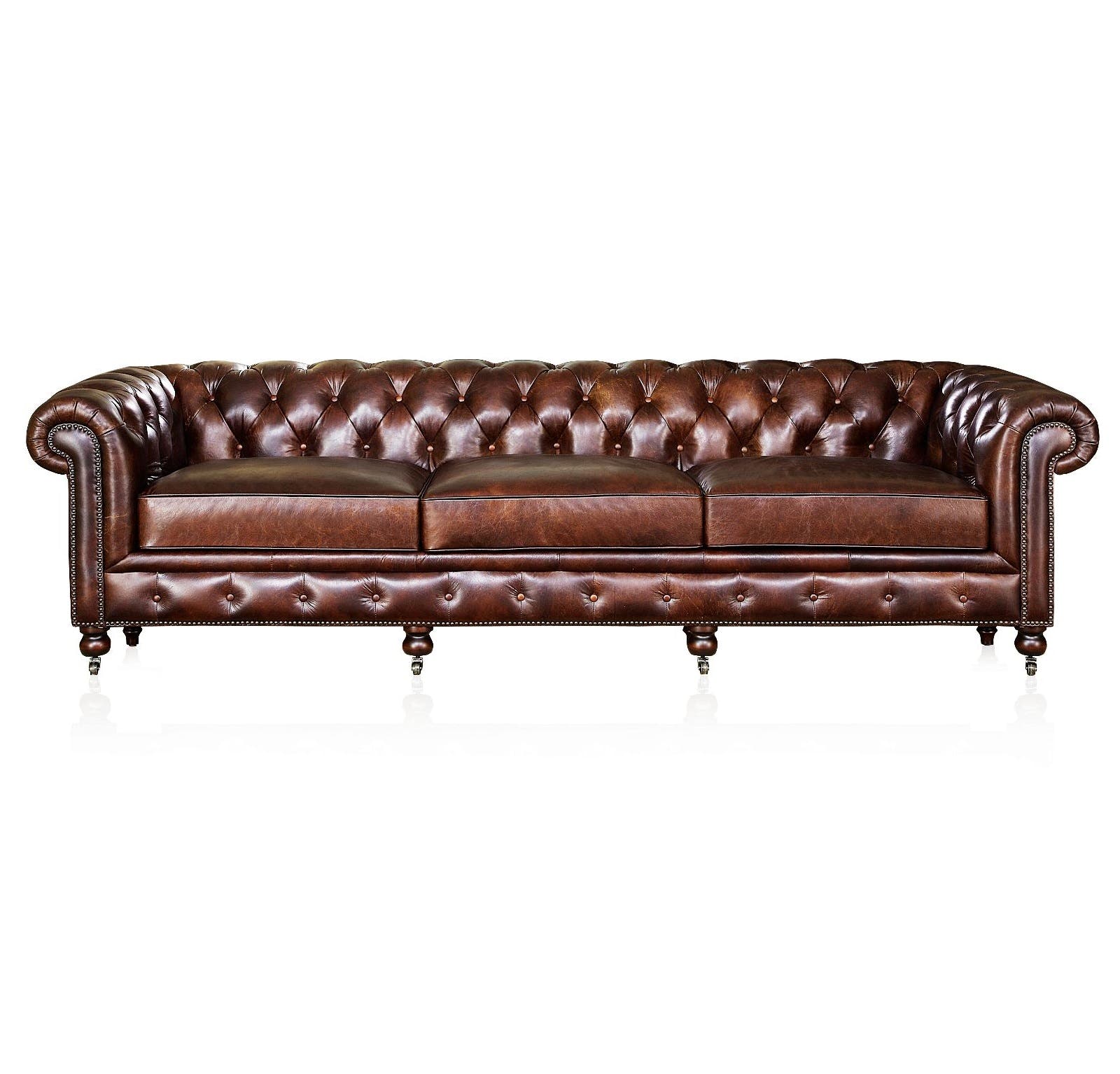Why Buying Sofas Online in Singapore Can Be a Costly Mistake: Lessons from the Viral Rednote Sofa Case
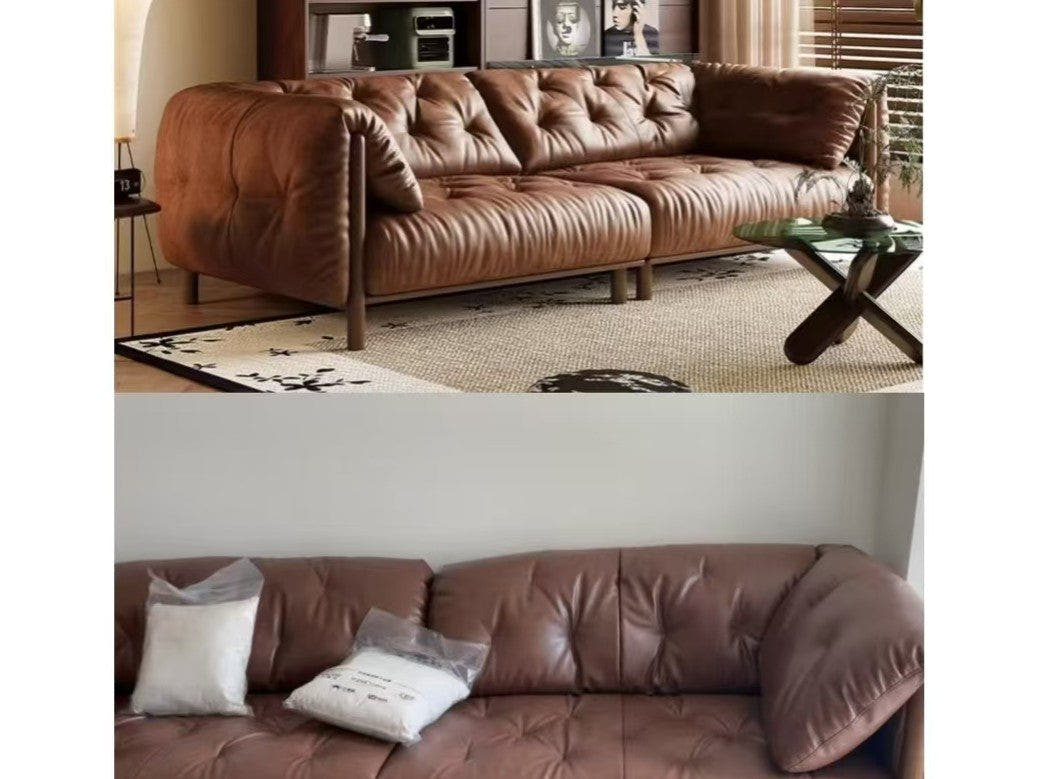
When Online Furniture Photos Lie

In today’s digital-first shopping world, many Singaporeans are tempted by the promise of buying large furniture online. Platforms like Lazada, Shopee, Taobao, Qoo10, and even JD Worldwide bombard consumers with advertisements showcasing stunning interiors, luxurious leather sofas, and irresistible discounts.
But as the now-viral Rednote (小红书) post reminds us, reality often falls far short of expectation. In the post, a buyer compared the “official photo” of a sofa to the piece they actually received. The official image showed a plush, luxurious leather sofa with deep tufting and a solid frame. What was delivered, however, looked flimsy, wrinkled, and poorly made.
This “expectation vs. reality” gap is not just an amusing online meme. For Singapore customers, buying a sofa online can become a costly, long-term regret. Unlike a T-shirt that you can discard after a season, a sofa sits in your living room for the next 5–10 years, shaping your comfort, lifestyle, and even your home’s design identity.
In this article, we’ll unpack why Singapore buyers must be especially cautious when shopping for big-ticket furniture online. We’ll explore how photos can be misleading, the real costs of leather and wood, the dangers of cheap springs and foam, and why after-sales service is almost non-existent for imported online purchases.
The Temptation of Buying Sofas Online in Singapore
Online shopping is undeniably convenient. With a few taps on Lazada, Taobao, or Shopee, you can browse thousands of sofa designs, from sleek Scandinavian styles to classic Chesterfields. The prices often look too good to be true — and that’s because they usually are.
In Singapore, the temptation is even greater because:
-
Limited space: HDB and condo owners want compact, stylish pieces.
-
High showroom prices: Walking into a premium showroom like Commune, Castlery, or Locus Habitat can be intimidating when prices start from $3,000–$10,000.
-
Global access: Online marketplaces claim to offer the same “luxury look” for a fraction of the price, sometimes as low as $500–$800 delivered from China.
It feels like a steal. But as the Rednote example shows, that “steal” often steals your money, comfort, and peace of mind.
The Problem with “Official Photos” vs. “What You Receive”
The Rednote sofa comparison went viral because it captures a universal pain point.
-
The official photo (“官图”): A perfectly staged interior. The sofa looks plump, symmetrical, with buttery-soft leather and strong armrests. Professional lighting hides every flaw.
-
The actual delivery (“我收到的”): Flat cushions, wrinkled leather (or PU disguised as leather), poor stitching, and flimsy wooden legs.
How does this happen?
-
Staged Photography
Factories hire professional photographers who use studio lighting, Photoshop, and clever angles to make furniture look far better than it is. -
Stolen Images
Many online sellers simply steal lifestyle images from European or Singapore brands. The product you see may actually belong to a different manufacturer — or not exist at all. -
AI-Generated Interiors
With artificial intelligence, sellers can now create hyper-realistic renders of sofas placed in luxurious living rooms. The issue? The sofa in the picture might not even exist in reality.
For Singapore buyers, this creates a dangerous trap. You may pay thousands in shipping and customs, only to discover that what arrives is not the sofa you thought you ordered.
The Hidden Risks of Buying Sofas Online
When you buy a T-shirt online, the risks are small. Wrong size? Poor quality? You can return it or absorb the loss.
With a sofa, the risks multiply:
1. Material Misrepresentation
-
Leather:
A genuine full-grain hide is expensive, often costing $2,000–$3,000 just in raw material for a single sofa. Online sellers often substitute with PU (polyurethane) or bonded leather while still calling it “genuine leather.” The difference only becomes obvious after a few months, when cracks and peeling start appearing in Singapore’s humid weather. -
Wood frame:
Solid hardwood (like oak or teak) is costly but ensures longevity. Many online sofas use cheap pine or plywood that warps or breaks quickly. In Singapore’s climate, poorly treated wood absorbs moisture, leading to squeaks and instability. -
Foam and springs:
High-density foam (≥35kg/m³) and pocketed springs provide long-term support. Cheap sofas use low-density foam that sags within a year, and zigzag springs that squeak after a few months.
2. After-Sales Service Is Almost Nonexistent
If your sofa arrives with:
-
Scratched leather
-
Broken legs
-
Uneven cushions
-
Or missing parts
…good luck getting it fixed.
For Singapore buyers, most of these online sellers are based in China, and returning a sofa can cost more than the product itself. Even if you contact Lazada or Shopee customer service, bulky furniture usually falls under “non-returnable” items.
3. Transportation Risks
A sofa must survive:
-
Factory handling
-
International shipping (sea freight)
-
Local delivery teams
Every stage creates risk of scratches, dents, or deformation. Unlike smaller goods, there’s no easy way to repack and resend a damaged sofa.
4. Longevity Concerns
A sofa is a 5–10 year investment. When bought online, the risks of:
-
Foam collapsing,
-
Leather cracking,
-
Frames snapping,
…mean you may be forced to replace it within 1–2 years. That “cheap” $800 sofa quickly becomes a $2,400 mistake when you replace it three times.
Case Study: The Sofa Disaster in Making
Let’s break down the Rednote sofa comparison through a Singapore lens.
-
Design: Both the official and delivered sofa looked similar at first glance. But the official version appeared structured, with thick arms and cushions. The real one had sloppy filling and wrinkled leather.
-
Foam quality: The received sofa clearly used low-density foam that couldn’t hold its shape. This is a disaster in the making — no matter how good the design looks, if the foam collapses, comfort and durability vanish.
-
Frame stability: The delivered sofa had thin legs and likely a softwood frame, not solid hardwood. For Singapore families, this means constant wobbling or risk of breakage when kids jump on it.
-
Leather: The wrinkles suggest cheap PU or split leather rather than full-grain. In Singapore’s humidity, this material will crack within months.
This case is a textbook example: a sofa that looks great in photos, but fails in everyday use.
The Role of AI in Online Furniture Scams
In 2025, AI-generated photos make the situation even worse. Sellers can now:
-
Generate ultra-realistic images of sofas that don’t exist.
-
Place them in “luxury penthouses” to create desire.
-
Manipulate textures to look like genuine leather.
For Singapore buyers, spotting these fakes is harder than ever. Even professional designers struggle to tell an AI-rendered sofa from a real one.
Why This Is Worse for Singapore Customers
Unlike buyers in China, Singaporeans face unique challenges:
-
Small Spaces, Big Impact
Every sofa purchase is critical in an HDB or condo living room. A poor-quality sofa ruins the space — both functionally and aesthetically. -
High Return Costs
Returning a sofa overseas can cost $500–$1,000 in shipping, often more than the sofa itself. -
No Local Service
Unlike buying from Harvey Norman, Commune, or Locus Habitat, online sellers provide zero local repair or warranty support. -
Climate Factor
Singapore’s heat and humidity accelerate material breakdown. Sofas built with cheap wood, PU, or low-density foam will fail even faster.
Safer Alternatives for Singapore Buyers
If you want to avoid becoming the next Rednote case study:
-
Visit Local Showrooms
-
Commune, Castlery, Harvey Norman, Courts, Locus Habitat.
-
Test seating depth, cushion support, and leather feel.
-
-
Research Materials
-
Ask for foam density and wood type.
-
Insist on clear leather grades (full-grain, top-grain vs. PU).
-
-
Look for Local Warranty
-
At least 2–5 years coverage for frame and foam.
-
Repair services available in Singapore.
-
-
Hybrid Approach
-
Research designs online.
-
Purchase from a showroom or verified Singapore-based seller.
-
SEO Buyer’s Guide Keywords (Singapore 2025)
-
Best leather sofa Singapore 2025
-
Where to buy sofa Singapore showroom vs online
-
Avoid Taobao sofa shipping risks Singapore
-
Genuine leather vs PU sofa Singapore
-
Sofa after-sales service Singapore
-
Castlery vs Locus Habitat sofa reviews Singapore
-
Sofa buying guide Singapore condo HDB
Conclusion: Protect Your Comfort, Protect Your Investment
The viral Rednote sofa post is more than just a funny meme — it’s a warning. For Singapore customers, buying sofas online from overseas sellers can turn into a financial and emotional disaster.
-
Photos can be staged, stolen, or AI-generated.
-
Materials like leather, wood, foam, and springs matter — and cheap substitutes will fail fast.
-
After-sales service is almost impossible with overseas sellers.
-
A sofa is not a T-shirt. It’s a 10-year investment that defines your home.
In Singapore, where every square foot counts and quality of life is a priority, don’t gamble on your comfort. Visit showrooms, test the furniture, and buy from trusted local sellers who will stand by their product.
Your living room deserves more than an online gamble.




